Principal Investigators
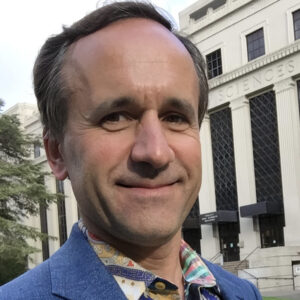
Constantin Teleman, Director
Constantin Teleman is a Professor at the Department of Mathematics of the University of California, Berkeley, since 2006. He received his PhD at Harvard University in 1994. He was a research fellow of the Saint John’s College of Cambridge, UK (1995-1998) and an NSF postdoc and a Szegö Assistant Professor at Stanford (1994-1999). He then moved to the University of Texas, Austin as an assistant Professor (1999-2001), to the University of Cambridge as a lecturer and then a reader (2001-2006), and to the University of Edinburgh as a Professor (2007). He was a senior research fellow of Oxford University (2015-2018). He is the recipient of the 2014 Berwick Prize (with D.S. Freed and M.J. Hopkins), and of the London Mathematical Society Whitehead Prize 2003. He has been an invited speaker at the International Congress of Mathematics in 2014, as well as at the European Congress of Mathematics in 2008. He has made major contributions to the study of TQFTs in dimensions 2, 3, 4, and to gauge theory, boundary structures, and their consequences for topological phases of matter and lattice models, as well as Gromov- Witten theory, and many other physical theories of mathematical interest.
Selected works:
- D.S. Freed, C. Teleman, Gapped boundary theories in three dimensions, arXiv:2006.10200
- D.S. Freed, C. Teleman, Topological dualities in the Ising model. arXiv:1806.00008
- E. Frenkel, C. Teleman, A.J. Tolland, Gromov–Witten gauge theory, Adv. Math. 288(2016), 201–239
- C. Teleman, The Structure of 2D semi-simple field theories. Invent. Math. 188, 525–588,(2012)
- D.S. Freed, M.J. Hopkins, C. Teleman, Loop groups and twisted K-theory. II, J. Amer.Math. Soc 26, 595–644 (2013)
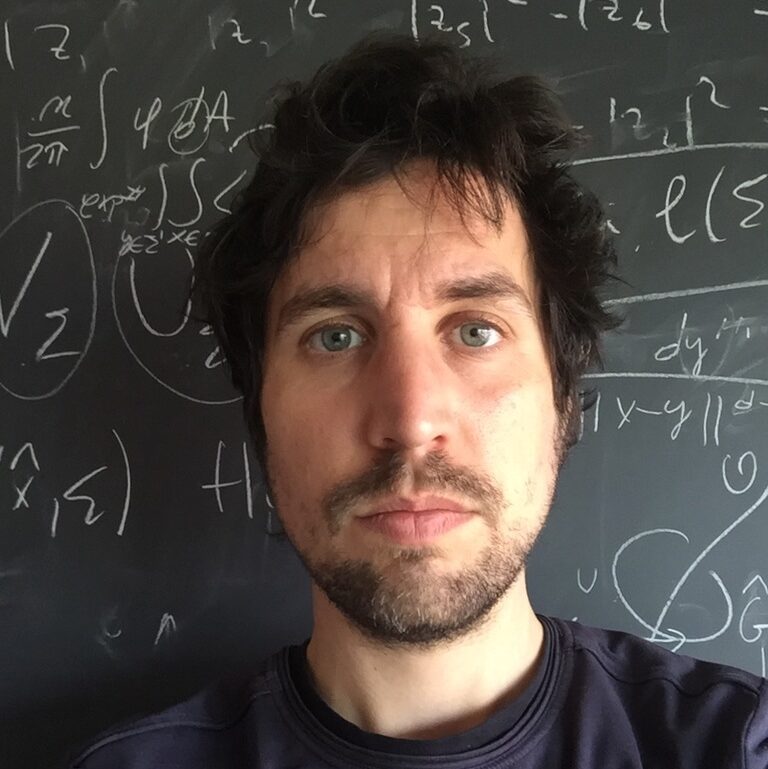
Michele Del Zotto, Deputy Director
Michele Del Zotto is an Associate Professor at Uppsala University, Sweden, working at the interface of the Department of Mathematics, and the Department of Physics and Astronomy. He received his PhD in 2013 from SISSA (Trieste, IT), followed by an appointment as a research fellow at Harvard University (2013-2016), and then as a research assistant professor at the Simons Center for Geometry and Physics in Stony Brook, NY (2016-2018). He was a lecturer at the Department of Mathematical Sciences of Durham University, UK (2018-2020). In 2019 he was awarded an ERC Starting Grant to study the memory of solitons. He works at the common verge of QFT, string theory, and math. He is a co-discoverer of many new (mostly non-Lagrangian) superconformal field theories in four, five and six dimensions, and he has studied the BPS spectra of such theories. He has pioneered the study of categorical symmetries in non-Lagrangian theories using geometric techniques.
Selected works:
- M. Del Zotto, J.J. Heckman, D. Park, T. Rudelius, On the Defect Group of a 6D SCFT, Lett.Math.Phys. 106 (2016) 6, 765-786
- F. Albertini, M. Del Zotto, I. García Extebarria, S. Hosseini, Higher Form Symmetries and M-theory, JHEP 12 (2020) 203
- M. Del Zotto, I. García Extebarria, S. Hosseini, Higher form symmetries of Argyres-Douglas theories, JHEP 10 (2020) 056
- M. Del Zotto, K. Ohmori, 2-Group Symmetries of 6D Little String Theories and T-Duality, Annales Henri Poincare 22 (2021) 7, 2451-2474
- S. Cecotti, M. Del Zotto, Higher S-dualities and Shephard-Todd groups, JHEP 09 (2015) 035
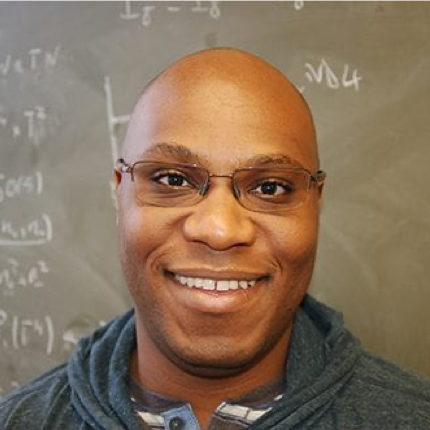
Ibrahima Bah
Ibrahima Bah is an associate professor in the physics and astronomy department at Johns Hopkins University since 2017. He received his PhD in physics from the university of Michigan, Ann Arbor in 2012. After PhD, he completely a joint postdoctoral position between IPhT at Saclay in France, and the University of Southern California (2012-2015). He was awarded the University of California President’s Postdoctoral Fellowship at USCD with professor Ken Intriligator (2015-2016).
Bah works on holography, supergravity and string theory. He has developed novel methods and techniques for studying anomalies of continuous as well as discrete symmetries, for both conventional and generalized symmetries, for QFTs constructed within string theory. He is interested in the interplay of symmetry and its various generalizations in the context of gravity, decoupling limits of gravity, and geometric engineering of quantum field theories from gravitational theories.
Selected works:
- I. Bah, F. Bonetti, R. Minasian and E. Nardoni, “M5-brane Sources, Holography, and Argyres-Douglas Theories,” [arXiv:2106.01322 [hep-th]].
- I. Bah, F. Bonetti and R. Minasian, “Discrete and higher-form symmetries in SCFTs from wrapped M5-branes,” JHEP 03 (2021), 96 arXiv:2007.15003 [hep- th].
- I. Bah, F. Bonetti, R. Minasian and E. Nardoni, “Anomalies of QFTs from M- theory and Holography,” JHEP 2001, 125 (2020). arXiv:1910.04166 [hep-th].
- I. Bah, F. Bonetti, R. Minasian and E. Nardoni, ‘Anomaly Inflow for M5-branes on Punctured Riemann Surfaces”, JHEP 1906 (2019) 123 arXiv:1904.07250
- I. Bah, “AdS5 solutions from M5-branes on Riemann surface and D6-branes sources” JHEP 1509 (2015) 163. [arXiv:1501.06072 [hep-th]].
- I. Bah, C. Beem, N. Bobev, B. Wecht, “Four-Dimensional SCFTs from M5- Branes,” JHEP 1206 005 (2012). [arXiv:1203.0303 [hep-th]].
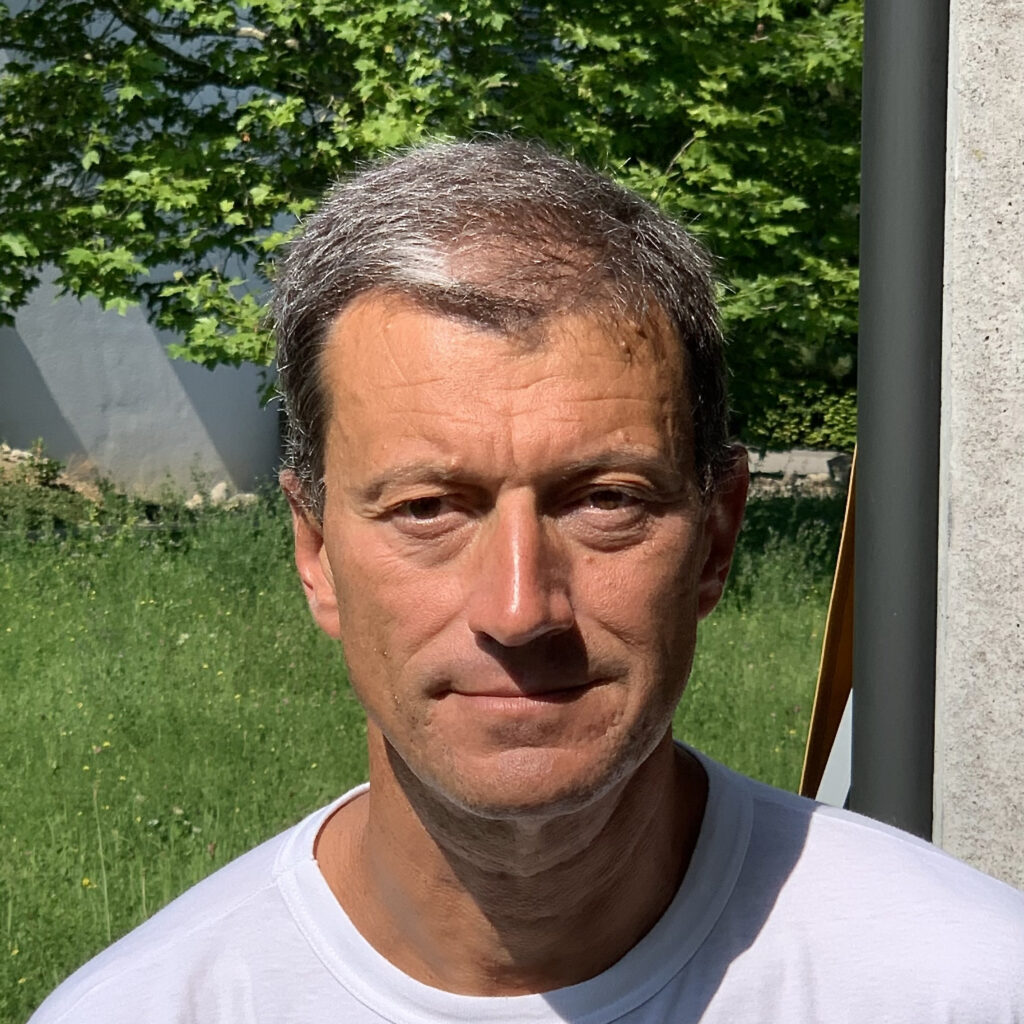
Alberto Cattaneo
Alberto Cattaneo is a Professor at the Institute of Mathematics of the University of Zurich, Switzerland. He received his PhD at the University of Milan in 1995. He was a postdoc at Harvard University (1995-1997) and at the University of Milan (1997-1998). He then moved to the University of Zurich, Switzerland, as an Assistant Professor (1998-2003) and as a Full Professor (since 2003). He was an invited speaker at the International Congress of Mathematicians in 2006. He has made major contributions to the study of perturbative TQFTs, to Poisson geometry and deformation quantization, and to the development of cohomological methods (BV, BFV) for quantum gauge theories with particular interest in boundary (and corner) structures.
Selected works:
- Integral invariants of 3-manifoldsR Bott, AS CattaneoJournal of Differential Geometry, 48(1):91-133. (1998)
- A Path Integral Approach to the Kontsevich Quantization Formula, AS Cattaneo, G Felder, Communications in Mathematical Physics 212 (3), 591-611 (2000)
- Classical BV theories on manifolds with boundary, AS Cattaneo, P Mnev, N Reshetikhin, Communications in Mathematical Physics 332 (2), 535-603 (2014)
- Perturbative quantum gauge theories on manifolds with boundary, AS Cattaneo, P Mnev, N Reshetikhin, Communications in Mathematical Physics 357 (2), 631-730 (2018)
- General relativity and the AKSZ construction G Canepa, AS Cattaneo, M Schiavina, Communications in Mathematical Physics 385, 1571-1614 (2021)
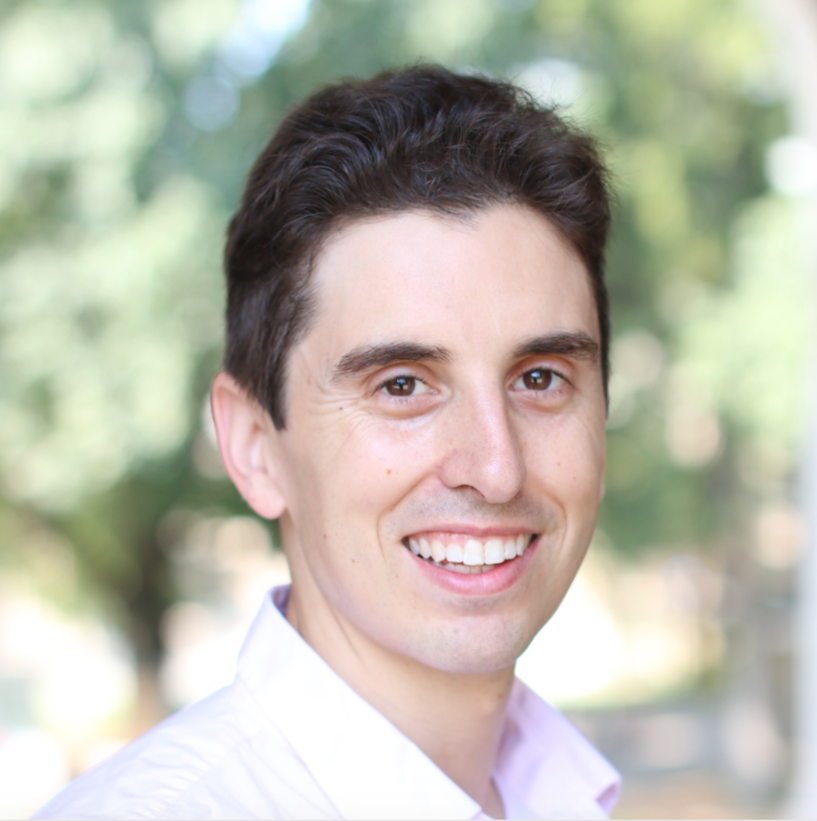
Clay Córdova
Clay Córdova is a Neubauer Family Assistant Professor at the University of Chicago. He was a long-term member at the Institute for Advanced Study, and a Junior Fellow at the Harvard Society of Fellows. He completed his PhD in Physics at Harvard University.
Córdova has broad interests in quantum field theory with particular emphasis on the ideas of symmetry, duality, and their implications for renormalization group flows. He is also keenly interested in the interplay of new mathematical tools with these subjects. Some of his key results related to the collaboration topics are developing new notions of higher group symmetry in quantum field theory, uncovering new anomalies in coupling constant space, and understanding the interplay between anomalies and the mass gap in field theory.
Selected works:
- C. Córdova, T. T. Dumitrescu and K. Intriligator, “Exploring 2-Group Global Symmetries,” JHEP 1902, 184 (2019), arXiv:1802.04790.
- F. Benini, C. Córdova, and P.S. Hsin, “On 2-Group Global Symmetries and Their Anomalies,” JHEP 1903, 118 (2019), arXiv:1803.09336.
- C. Córdova, D. Freed, H.T. Lam, and N. Seiberg, “Anomalies in the Space of Couplings and Dynamical Applications I,” SciPost Phys 8, 1 (2020), arXiv:1905.09315.
- C. Córdova, and K. Ohmori, “Anomaly Obstructions to Symmetry Preserving Gapped Phases,” arXiv:1910.04962.
- C. Córdova, and K Ohmori, “Anomaly Constraints on Gapped Phases with Discrete Chiral Symmetry,” Clay Córdova, Phys.Rev.D 102 (2020) 2, 025011, arXiv:191213069.
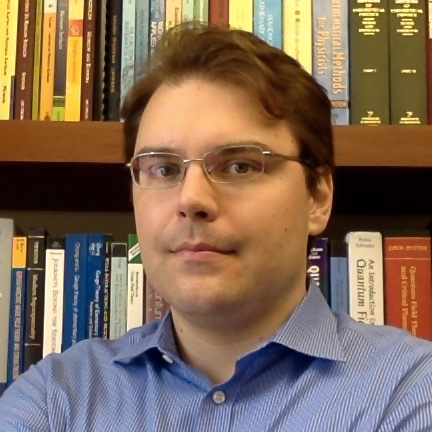
Thomas Dumitrescu
Thomas Dumitrescu is an Associate Professor of Physics at the University of California, Los Angeles, where he holds the Mani L. Bhaumik Chair in Theoretical Physics. He received his PhD from Princeton University in 2013 and was a five-year postdoctoral research associate at Harvard University before joining the Bhaumik Institute for Theoretical Physics at UCLA in 2018. Dumitrescu is the recipient of a DOE Early Career Research Award (2019) and a UCLA Hellman Fellow (2020). He is broadly interested in many aspects of quantum field theory, with a particular focus on finding new ways to leverage the power of symmetry (including supersymmetry, conformal symmetry, as well as ordinary and higher global symmetries, together with their associated anomalies) to explore strongly-coupled renormalization group flows.
Selected works:
- C. Córdova, T. T. Dumitrescu and K. Intriligator, “2-Group Global Symmetries and Anomalies in Six-Dimensional Quantum Field Theories,” JHEP 04, 252 (2021) doi:10.1007/JHEP04(2021)252 [arXiv:2009.00138 [hep-th]].
- C. Córdova and T. T. Dumitrescu, “Candidate Phases for SU(2) Adjoint QCD4 with Two Flavors from N = 2 Supersymmetric Yang-Mills Theory,” [arXiv:1806.09592 [hep-th]].
- C. Córdova, T. T. Dumitrescu and K. Intriligator, “Exploring 2-Group Global Symmetries,” JHEP 1902, 184 (2019) [arXiv:1802.04790 [hep-th]].
- C. Córdova, T. T. Dumitrescu and K. Intriligator, “Multiplets of Superconformal Symmetry in Diverse Dimensions,” JHEP 1903, 163 (2019) [arXiv:1612.00809 [hep-th]].
- C. Córdova, T. T. Dumitrescu, and K. Intriligator, “Anomalies, renormalization group flows, and the a-theorem in six-dimensional (1, 0) theories,” JHEP 1610, 080 (2016), [arXiv:1506.03807 [hep-th]].
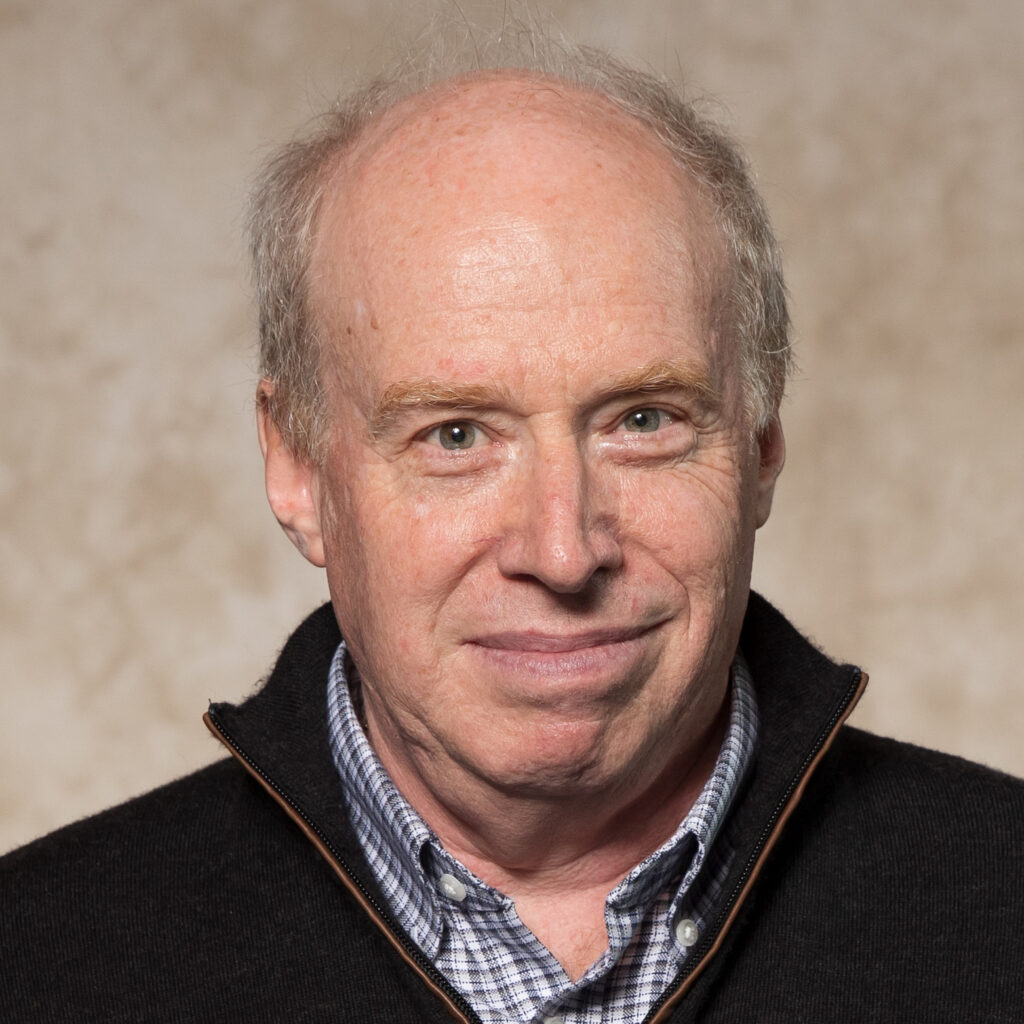
Dan Freed
Dan Freed is the Kerr Centennial Professor of Mathematics at the University of Texas in Austin. He received his PhD from the University of California, Berkeley in 1985. Prior to his position at UT Austin, he held positions at the University of Chicago (1987-1989) and at MIT (1985-1987). He has also held visiting positions at the Geometry Center, IAS, IHES, MSRI, the Simons Center for Geometry and Physics, as well as at Harvard and Stanford. He is the recipient of a Clay Senior Scholar Award (2020), the 2014 Berwick Prize (with M.J. Hopkins and C. Teleman), a Guggenheim Fellowship (2002-2003), and was an invited speaker at the International Congress of Mathematicians (2002). Freed has broad mathematical interests in geometry. He has made many contributions to the geometric theory of Dirac operators and related topics in global analysis and topology, to infinite dimensional representation theory, to topological field theory, to the study of anomalies in quantum field theory and string theory, and most recently to the classification of phases and related problems in theoretical condensed matter physics.
Selected works:
- D. S. Freed, C. Teleman, Gapped boundary theories in three dimensions, Commun. Math. Phys., to appear, arXiv:2006.10200
- D. S. Freed, C. Teleman, Topological dualities in the Ising model, Geometry & Topology, to appear, arXiv:1806.00008
- D. S. Freed, M. J. Hopkins, Reflection positivity and invertible topological phases, Geometry & Topology, 25-3 (2021), pp. 1165-1330, arXiv:1604.06527
- D. S. Freed, G. Moore, Twisted equivariant matter, Ann. Inst. Henri Poincare, 14 (2013), pp. 1927–2023, arXiv:1208.5055
- D. S. Freed, M. J. Hopkins, C. Teleman, Loop groups and twisted K-theory. II, J. Amer. Math. Soc, 26 (2013), 595–644
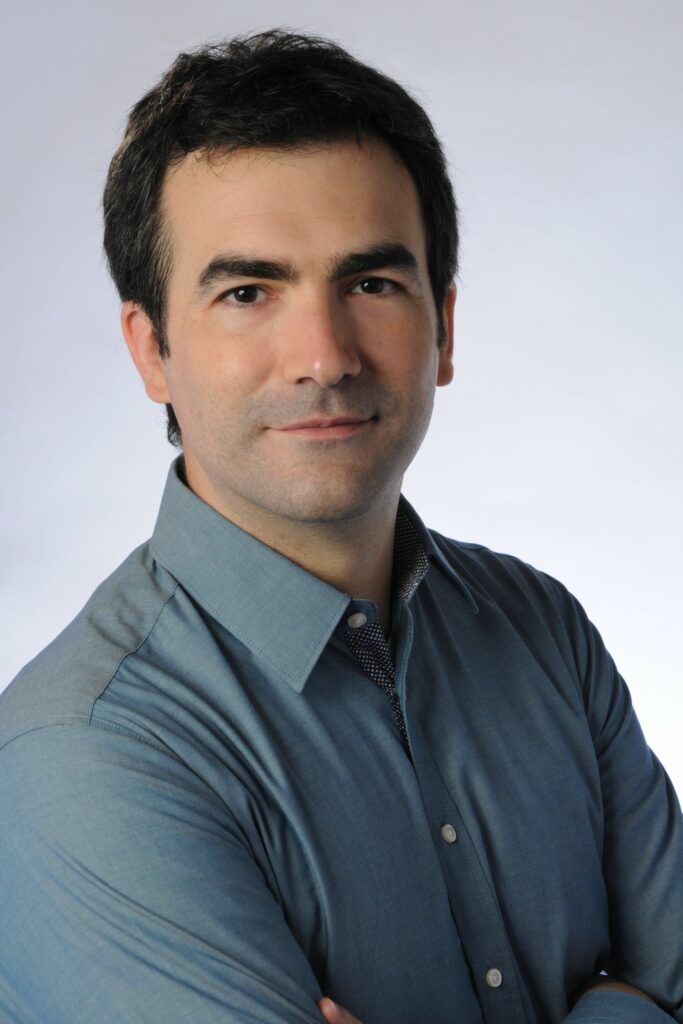
Iñaki García Etxebarria
Iñaki García Etxebarria is a Professor in the Department of Mathematical Sciences at Durham University. He received his PhD from the Universidad Autónoma de Madrid in 2008, and before joining Durham he held postdoctoral positions at the University of Pennsylvania, CERN and the Max Planck Institute for Physics. He has broad interests in string theory and field theory, ranging from string model building to the construction and the analysis of strongly coupled quantum field theories using string theory, where he has made major contributions using a geometric approach: he has constructed the first examples of N=3 SCFTs in four dimensions, developed techniques for extracting the higher symmetry structure of strongly coupled CFTs from the geometry of their string theory realization, and constructed Lagrangians for various classes of strongly coupled N=2 SCFTs.
Selected works:
- M. Del Zotto, I. García Etxebarria, S. Hosseini, Higher form symmetries of Argyres-Douglas theories, JHEP 10 (2020) 056
- F. Albertini, M. Del Zotto, I. García Etxebarria, S. Hosseini, Higher Form Symmetries and M-theory, JHEP 12 (2020) 203
- I. García Etxebarria, B. Heidenreich, D. Regalado, IIB flux non-commutativity and the global structure of field theories, JHEP 10 (2019) 169
- I. García Etxebarria, Miguel Montero, Dai-Freed anomalies in particle physics, JHEP 08 (2019) 003
- I. García Etxebarria, H. Hayashi, K. Ohmori, Y. Tachikawa, K. Yonekura, 8d gauge anomalies and the topological Green-Schwarz mechanism, JHEP 11 (2017) 177
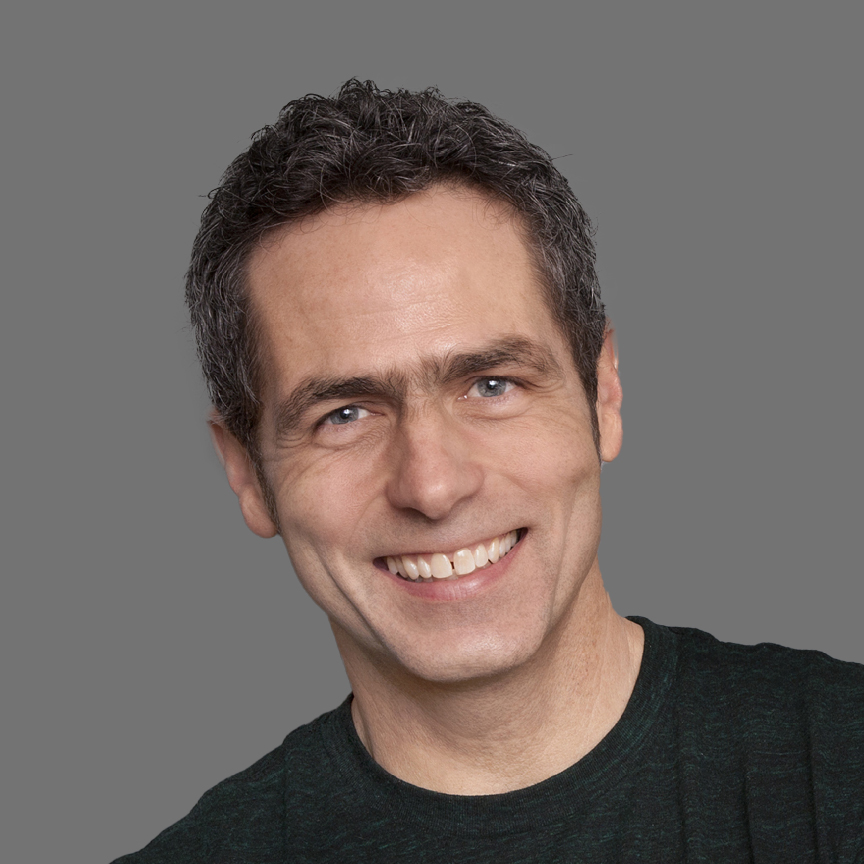
Mike Hopkins
Mike Hopkins is the George Putnam Professor of Pure and Applied Mathematics at Harvard University since 2005. He is currently the Deparment Chair. He has obtained his PhD in 1984 from the University of Oxford and Northwestern Univeristy. Prior joining the Mathematics Department of Harvard, he has been appointed assistant professor at Princeton (1986-88), professor at the University of Chicago (1988-89), associate professor and then professor at MIT (1989-2005). He has been invited as a speaker at the international congress of Mathematicians twice (Zurich 1994 and Beijing 2002). He won the Presidential Young Investigator Award (1987-95), he has been Alfred P. Sloan Fellow (1987-92), he received the Oswald Veblen Prize in Geometry (2001). Since 2002 he is a Member of the American Academy of Arts and Sciences, and a Foreign Member of the Royal Danish Academy of Sciences and Letters. Since 2010 he is a member of the National Academy of Sciences. In 2012 he received the
National Academy of Sciences Award in Mathematics. In 2013 he has been nominated Honorary Doctor of Science, Northwestern University. In 2014 he won the Senior Berwick Prize, 2014 (with D.S. Freed and C. Teleman) and the Frederic Esser Nemmers Prize in Mathematics. He was named to the 2021 class of fellows of the American Mathematical Society “for contributions to algebraic topology and related areas of algebraic geometry, representation theory, and mathematical physics”. His main interests are in the context of algebraic topology and its applications. Some of his best known results are in the context of the Ravenel conjectures, the theory of topological modular forms, and the Kervaire invariant problem. He wrote several works in direct connection with geometry and physics, jointly with Freed and Teleman, on themes closely related to the core of this collaboration, with special emphasis on developing extended topological quantum field theories and applications to the classification of topological phases of matter.
Selected works:
- M. J. Hopkins, and D. S. Freed. Reflection positivity and invertible topological phases arXiv:1604.06527
- M. J. Hopkins, and D. S. Freed. Consistency of M-Theory on nonorientable manifolds, arXiv:1908.09916
- M. J. Hopkins, and D. S. Freed. Invertible phases of matter with spatial symmetry, Advances in Theoretical and Mathematical Physics, to appear, arXiv:1901.06419
- M. J. Hopkins and I. M. Singer, Quadratic functions in geometry, topology, and M-theory Journal of Differential Geometry 2005, volume 70, no. 3, pp 329–452.
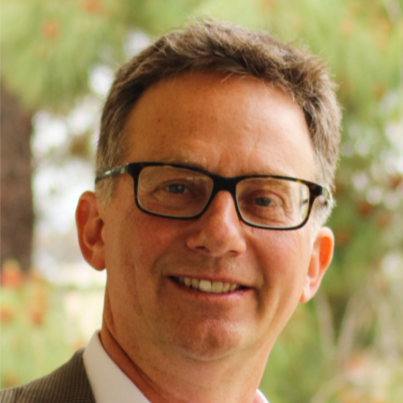
Ken Intriligator
Ken Intriligator is a professor of Physics at UC San Diego, and a Simons Investigator. He was a long-term member at the IAS, a postdoc at Rutgers, and did his PhD at Harvard University. He has contributed to the discovery and development of new, symmetry-based methods for analyzing quantum field theory in 2,3,4,5,6 spacetime dimensions. The symmetries include those of fusion rules, supersymmetry, conformal and superconformal symmetry, and 2-group and other higher symmetries. He is especially interested in developing methods to analyze RG flows, to gain general intuition about quantum field theory and explore the space of possible QFTs.
Selected works:
- Cordova, Dumitrescu, and Intriligator, 2-group global symmetries and anomalies in six-dimensional quantum field theory.” https://inspirehep.net/literature/1814347
- Cordova, Dumitrescu, and Intriligator (2018) “Exploring 2-group global symmetries.” https://inspirehep.net/literature/1654854
- Cordova, Dumitrescu, and Intriligator (2016) “Multiplets of superconformal symmetry in diverse dimensions.”https://inspirehep.net/literature/1501518
- Cordova, Dumitrescu, and Intriligator (2015) “Anomalies, renormalization group flows, and the a-theorem in six dimensional (1,0) theories” https://inspirehep.net/literature/13758475.
- Intriligator (1989) “Bonus symmetry in conformal field theory.” https://inspirehep.net/literature/278668
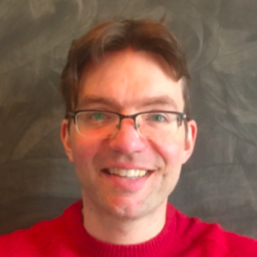
Theo Johnson-Freyd
Theo Johnson-Freyd is an Associate Professor of Mathematics at Dalhousie University and an associate faculty member at the Perimeter Institute for Theoretical Physics. He received his PhD from the University of California, Berkeley, in 2013. He served as a Boas Assistant Professor and NSF Postdoc at Northwestern University (2013-2016) and as a Senior Postdoctoral Fellow at the Perimeter Institute (2016-2020). In 2021 he was awarded an NSERC Discovery Accelerator Grant to study the higher algebraic structures carried by spaces of quantum systems. Starting with his breakthrough work with C. Scheimbauer, Theo has provided the higher categorical foundations needed to define anomalous functorial quantum field theory, higher fusion categories, and “even higher” Morita categories. Theo has also been instrumental in exploring the interplay between topological modular forms, supersymmetric quantum field theory, and Moonshine.
Selected works:
- T. Johnson-Freyd, C. Scheimbauer. (Op)lax natural transformations, twisted field theories, and the “even higher” Morita categories. Advances in Mathematics, 307 (2017) 147–223. https://doi.org/10.1016/j.aim.2016.11.014
- D. Gaiotto, T. Johnson-Freyd. Symmetry protected topological phases and generalized cohomology. Journal of High Energy Physics. 2019, 7 (2019). https://doi.org/10.1007/JHEP05(2019)007
- D. Gaiotto, T. Johnson-Freyd. Condensations in higher categories (2019). https://arxiv.org/abs/1905.09566
- T. Johnson-Freyd. On the classification of topological orders (2020). http://arxiv.org/abs/2003.06663
- T. Johnson-Freyd. The moonshine anomaly. Communications in Mathematical Physics. February 2019, Volume 365, Issue 3, pp 943–970. https://doi.org/10.1007/s00220-019-03300-2
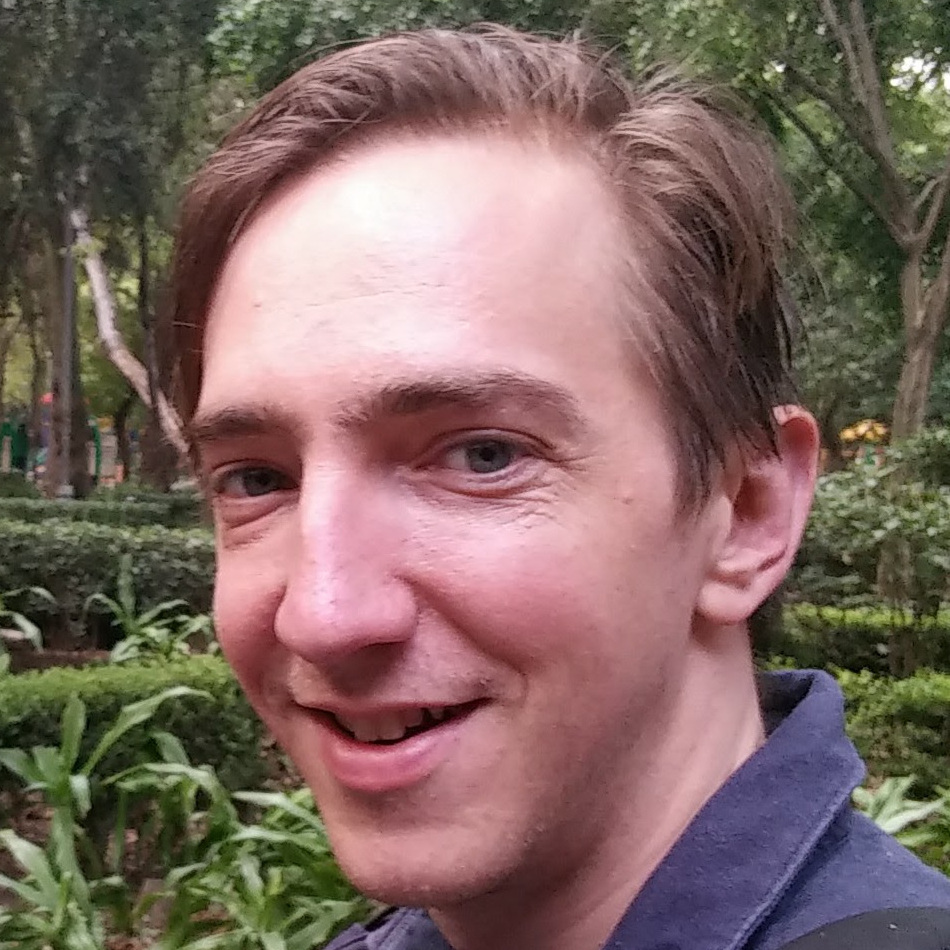
David Jordan
David Jordan is a Professor in the Hodge Institute at the University of Edinburgh School of Mathematics. He received his PhD from MIT in 2011, followed by an NSF postdoctoral research fellowship at the University of Texas before joining the University of Edinburgh as a Chancellor’s fellow in 2013. In 2015 he was awarded an ERC Starting Grant to study the quantum geometric Langlands topological field theory. His work centers on quantum topology of 2-, 3-, and 4-dimensional manifolds, combining tools from higher algebra, representation theory of quantum groups, and elements of skein theory. With his collaborators he has developed the mathematical foundation for the Betti quantum geometric Langlands TFT, a model for the Kapustin–Witten twist of N=4 SUSY Yang-Mills gauge theory.
Selected works:
- S. Gunningham, D. Jordan, P. Safronov. The finiteness conjecture for skein modules. arXiv:1908.05233
- D. Jordan, I. Le, G. Schrader, A. Shapiro. Quantum decorated character stacks. arXiv: 2102.12283
- A. Brochier, D. Jordan, P. Safronov, N. Snyder. Invertible braided tensor categories. Algebraic and Geometric Topology.
- A. Brochier, D. Jordan, N. Snyder. On dualizability of braided tensor categories. Compositio Mathematica
- D. Ben-Zvi, A. Brochier, D. Jordan. https://londmathsoc.onlinelibrary.wiley.com/doi/10.1112/topo.12072Integrating quantum groups over surfaces. Journal of Topology.
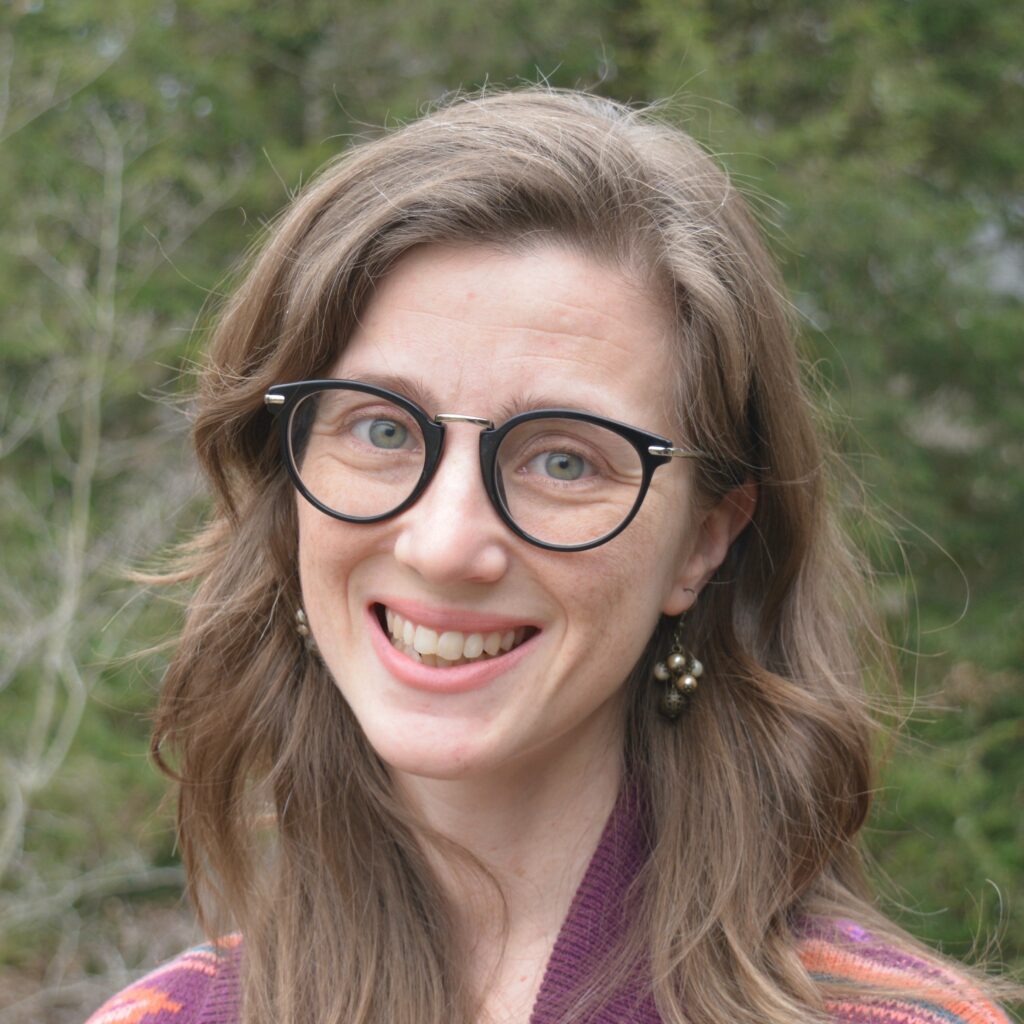
Julia Plavnik
Julia Plavnik is the Charlotte Ann Griffin Assistant Professor of Mathematics at Indiana University, Bloomington. She received her PhD from Universidad Nacional de Córdoba, Argentina, in 2013. She was a CONICET (Argentina) Postdoc at Universidad de Buenos Aires and Universidad Nacional de Córdoba (2013-2015) and a Visiting Assistant Professor at Texas A&M University (2015-2018). In 2018 she was awarded an NSF Grant to study the quantum symmetries by deepening the understanding of braid groups representations, cohomology of Hopf algebras, and the structure of tensor categories.
Her work centers on classification and constructions of modular and super-modular categories. With her collaborators, they provided a higher categorical framework to gauge global symmetries of modular categories, and they introduced the zesting construction of fusion categories. She has intensively worked in the classification program of different classes of fusion categories.
Selected works:
- C. Negron and J. Plavnik. Cohomology of finite tensor categories: duality and Drinfeld centers. To appear in Transactions of the AMS (2021). Preprint: arXiv:1807.08854.
- C. Jones, S. Morrison, D. Penneys, and J. Plavnik. Extension theory for braided-enriched fusion categories. International Mathematics Research Notices (2021); rnab133.
- C. Delaney, C. Galindo, J. Plavnik, E. Rowell, and Q. Zhang. Braided zesting and its applications. Communication in Mathematical Physics 386 (2021), 1–55.
- P. Bruillard, C. Galindo, T. Hagge, S.-H. Ng, J. Plavnik, E. Rowell, Z. Wang. Fermionic modular categories and the 16-fold Way. Journal of Mathematical Physics 58, (2017), 041704.
- S.X. Cui, C. Galindo, J. Plavnik, and Z. Wang. On Gauging Symmetry of Modular Categories. Communication in Mathematical Physics 348, no. 3 (2016), 1043-1064.
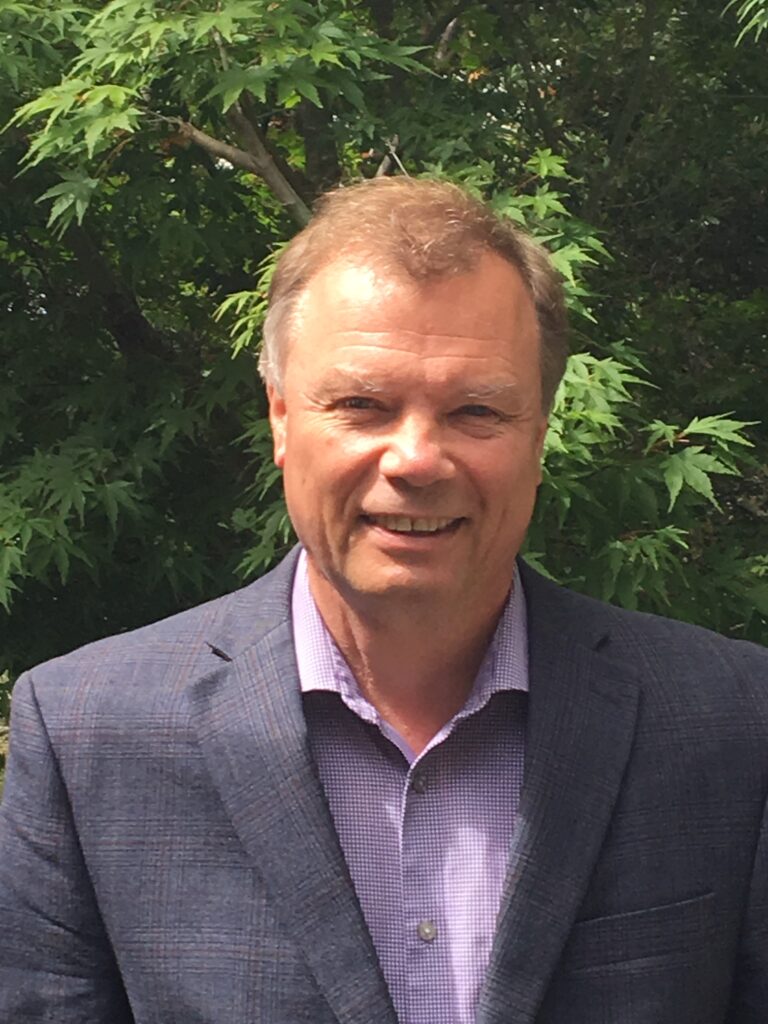
Nicolai Reshetikhin
Nicolai Reshetikhin is a Professor of the Graduate School at the University of California, Professor of Mathematics at the Yau Mathematical Sciences Center (YMSC) at the Tsinghua University and a Research Fellow at Beijing Institute for Mathematical Sciences and Applications (BIMSA). He received his PhD from Leningrad Branch of Steklov Mathematical Institute (LOMI)of the USSR Academy of Sciences in 1984 where he worked till 1989. In 1989 he moved to Harvard as an assistant professor and then Berkeley in 1991 as an associate professor. He joined YMSC and BIMSA in 2021. He has been an invited speaker at the International Congress of Mathematics in 1990, a plenary speaker at ICM 2010 and a plenary speaker at the European Congress of Mathematics in 2008.
He has made major contributions to the study of classical and quantum integrable systems, to representation theory of quantum group. He developed the relation between quantized universal enveloping algebras and invariants of knots. Together with V.Turaev, constructed 3 dimenional Topological Quantum Field Theory based on modular tensor categories related to representations of quantum groups at roots of unity. Together with A. Cattaneo and P. Mnev he developed a version of Batalin-Vilkovisky gauge fixing procedure for space time manifolds with boundary, now known as BV-BFV theory. Quantization of gauge theories on a space time with boundary or with nonlocal observables remain one of his principal research interests.
Selected works:
- A. N. Kirillov and N. Yu. Reshetikhin. Representations of the algebra Uq(sl(2)), q-orthogonal polynomials and invariants of links. In Infinite-dimensional Lie algebras and groups (Luminy-Marseille, 1988), pages 285-339. World Sci. Publishing, Teaneck, NJ, (1989)
- N. Reshetikhin; V.G. Turaev, Invariants of $3$-manifolds via link polynomials and quantum groups. Invent. Math. 103 (1991), no. 3, 547–597.
- R. Kashaev; N. Reshetikhin, Invariants of tangles with flat connections in their complements. Graphs and patterns in mathematics and theoretical physics, 151–172, Proc. Sympos. Pure Math., 73, Amer. Math. Soc., Providence, RI, 2005.
- Alberto S. Cattaneo, Pavel Mnev, Nicolai Reshetikhin, Perturbative quantum gauge theories on manifolds with boundary, Communications in Mathematical Physics, January 2018, Volume 357, Issue 2, pp 631–730, arXiv:1507.01221.
- Christian Blanchet, Nathan Geer, Bertrand Patureau-Mirand, Nicolai Reshetikhin, Holonomy braidings, biquandles and quantum invariants of links with $SL_2(C)$ flat connections Selecta Math., v. 26 (2020), n 2.
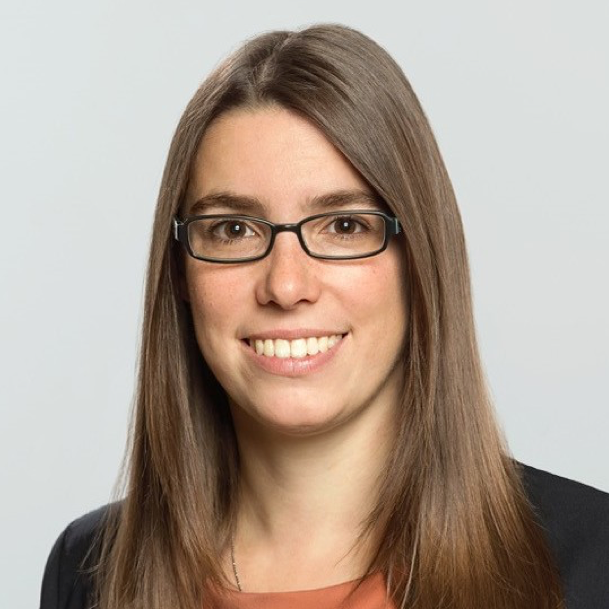
Claudia Scheimbauer
Claudia Scheimbauer Claudia Scheimbauer is an Assistant Professor of Mathematics at the Technical University of Munich in Germany. She received her PhD from ETH Zurich, Switzerland in 2014. After research visits at the University of Montpellier and the Institut des Hautes Etudes in France she was a postdoctoral fellow at the Max Planck Institute of Mathematics in Bonn, Germany (2015-2017) and at Oxford University, UK (2017-2018), both using fellowships from the Swiss National Science Foundation. After that, she spent a year as an Associate Professor at NTNU in Trondheim, funded by the Bergen Research Foundation (2018-2019).
Building upon her PhD thesis on constructing a fully extended topological field theory from factorization homology, in joint work with T. Johnson-Freyd she constructed the “even higher” Morita category of E_n -algebras, which models local observables and defects in QFT, and resulted in fundamental applications to Turaev–Viro/Barrett–Westbury, Crane–Yetter/Walker–Wang, and Witten–Reshetikhin–Turaev/Chern-Simons topological quantum field theories. Moreover, they provided a higher categorical framework for anomalous functorial field theory. Her recent work fully extends the AKSZ construction using derived algebraic geometry.
Selected works:
- T. Johnson-Freyd, C. Scheimbauer. (Op)lax natural transformations, twisted field theories, and the “even higher” Morita categories. Advances in Mathematics, 307 (2017) 147–223. https://doi.org/10.1016/j.aim.2016.11.014
- C. Scheimbauer. Factorization Homology as a fully extended topological field theory. PhD thesis, ETH Zürich, 2014,
- D. Calaque, C. Scheimbauer. A note on the $(\infty,n)$-category of cobordisms, Alg. Geom. Top., 19(2):533–655, 2019. https://doi.org/10.2140/agt.2019.19.533
- D. Calaque, R. Haugseng, C. Scheimbauer. The AKSZ Construction in Derived Algebraic Geometry as an Extended Topological Field Theory. https://arxiv.org/abs/2108.02473
- O. Gwilliam, C. Scheimbauer. Duals and adjoints in higher Morita categories. https://arxiv.org/abs/1804.10924

Tomer Moshe Schlank
Tomer Schlank is a mathematics professor in the University of Chicago. Interested in homotopy theory, algebraic geometry, and number theory. He completed his PhD at the Hebrew University of Jerusalem in 2013, under the supervision of Prof. Ehud de Shalit. He was a Simons postdoctoral fellow at MIT until 2015 and joined the Hebrew University of Jerusalem the same year. In 2022, he was awarded the Erdős Prize in mathematics and in 2023 he obtained a European Research Council consolidator grant.
Selected works:
- K-theoretic counterexamples to Ravenel’s telescope conjecture, with R. Burklund, J. Hahn, I. Levy. arXiv:2310.17459
- The Chromatic Nullstellensatz, with R. Burklund, A. Yuan. arXiv:2207.09929
- Chromatic cyclotomic extensions, with S. Carmeli, L. Yanovski. Geometry & Topology – “Ambidexterity and height” with S. Carmeli, L. Yanovski. Advances in Mathematics 385, 107763
- The Chromatic Fourier Transform, with T. Barthel, S. Carmeli, L. Yanovski. Accepted for publication in Forum of Mathematics, Pi
- Descent and Cyclotomic Redshift for Chromatically Localized Algebraic K-theory, with S. Ben-Moshe, S. Carmeli, L. Yanovski. arXiv:2309.07123
Associates
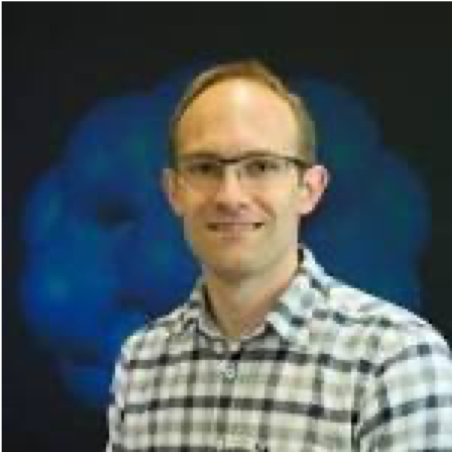
Mathew Bullimore
Mathew Bullimore is a Professor in the Department of Mathematical Sciences at Durham University, UK. He received his DPhil from the University of Oxford in 2012 and held postdoctoral appointments at the Institute for Advanced Study, Perimeter Institute and the University of Oxford, before moving to Durham University in 2017. In 2019, he was awarded a 5-year EPSRC Early Career Fellowship to study connections between supersymmetric gauge theory and enumerative geometry. His work centres on algebraic, geometric and topological structures in supersymmetric quantum field theory and applications to symmetries and dualities.
Selected works:
- Bullimore, Crew, Zhang, Boundaries, Vermas and Factorisation, https://inspirehep.net/literature/1824070
- Beem, Ben-Zvi, Bullimore, Dimofte, Neitzke, Secondary Products in Supersymmetric Field Theory, https://inspirehep.net/literature/1692578
- Bullimore, Dimofte, Gaiotto, Hilburn, Kim, Vortices and Vermas, https://inspirehep.net/literature/1486694
- Bullimore, Dimofte, Gaiotto, Hilburn, Boundaries, Mirror Symmetry and Symplectic Duality in 3d N = 4 Gauge Theory, https://inspirehep.net/literature/1435083
- Bullimore, Dimofte, Gaiotto, The Coulomb Branch of 3d N = 4 Gauge Theories, https://inspirehep.net/literature/1353155
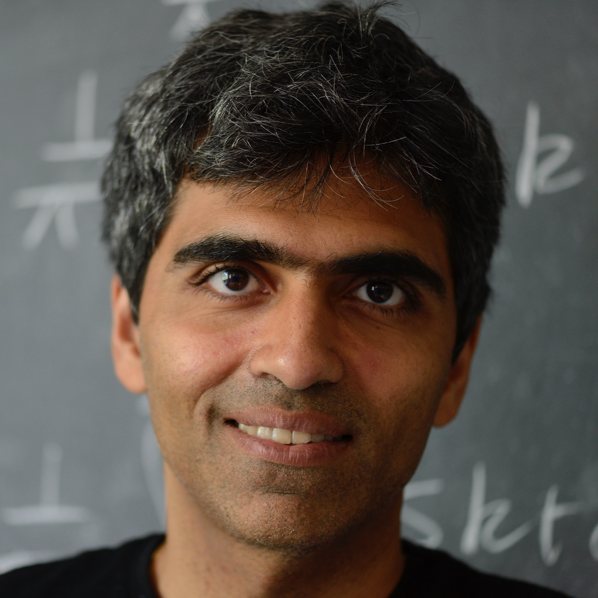
Nytia Kitchloo
Nytia Kitchloo is a Professor in the Mathematics department at Johns Hopkins University. He holds a Ph.D from MIT (1998) and was a postdoc at Northwestern University (1998-2001). He was an assistant Professor at Johns Hopkins University (2001-2004) before moving as an associate Professor to the University of California San Diego between 2004 and 2010.
He has recently been interested in describing homotopy types for link homology theories, and more generally for codimension two defects in certain 4d Quantum Field Theories. The existence of such homotopy types have the advantage that they can be evaluated on any cohomology theory to give rise to homological link invariants with added symmetries endowed by the action of cohomology operations. Recent work (both independently and jointly with M. Khovanov), as well as work by other mathematicians in the subject, has validated the feasibility of this approach in offering strictly stronger information on links in three manifolds.
Selected works:
- M. Khovanov, N. Kitchloo, : A deformation of Robert-Wagner foam evaluation and link homology. arXiv:2004.14197
- N. Kitchloo, : Symmetry Breaking and Link Homologies, III. arXiv:1910.07516
- N. Kitchloo, : Symmetry Breaking and Link Homologies, II. arXiv:1910.07444
- N. Kitchloo, : Symmetry Breaking and Link Homologies, I. arXiv:1910.07443
- N. Kitchloo, : Quantization of the Modular Functor and Equivariant Elliptic cohomology, Proceedings of the Illinois Conference: Homotopy Theory, Tools and Applications, Contemp. Math., Vol. 729, 2019.
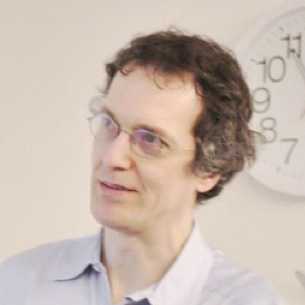
Greg Moore
Gregory Moore is a Professor of Physics at Rutgers University. He received his PhD from Harvard University in 1985 and his advisor was Sidney Coleman. He studies physical mathematics. He has collaborated with many of the PIs.
Selected works:
- D. Gaiotto, G.W. Moore, and E. Witten, Algebra of the Infrared: String Field Theoretic Structures in Massive N=(2,2) Field Theory In Two Dimensions, arXiv:1506.04087
- S. Monnier and G.W. Moore, A Brief Summary Of Global Anomaly Cancellation In Six-Dimensional Supergravity, arXiv:1808.01335
- D.S.Freed, G.W.Moore and G.Segal, Heisenberg Groups and Noncommutative Fluxes, Annals Phys. 322, 236-285 (2007);arXiv:hep-th/0605200
- G.W. Moore and N. Read, Nonabelions in the fractional quantum Hall effect, Nucl.Phys. B360 (1991) 362-396
- G.W. Moore and N. Seiberg, Classical and Quantum Conformal Field Theory, Commun. Math. Phys.123 (1989) 177: Homotopy Theory, Tools and Applications, Contemp. Math., Vol. 729, 2019.

Kantaro Ohmori
Kantaro Ohmori is an Assistant Professor of University of Tokyo. He received his PhD. from the University of Tokyo in 2016. He was a member of the Institute for Advanced Study (2016 – 2019), and a Research Assistant Professor at the Simons Center for Geometry and Physics, Stony Brook University (2019 – 2021) He is interested in the mathematical structure of quantum field theories and has recently been working in terms of symmetries and their quantum anomalies. In particular, he is interested in the notion of categorical symmetry in quantum field theory, which he and his collaborators have found to be relevant to confinement in 1+1 dimensional adjoint quantum chromodynamics.
Selected works:
- Higher central charges and topological boundaries in 2+1-dimensional TQFTs Justin Kaidi, Zohar Komargodski, Kantaro Ohmori, Sahand Seifnashri, Shu-Heng Shao e-Print: 2107.13091 [hep-th]
- 2-Group Symmetries of 6D Little String Theories and T-Duality Michele Del Zotto, Kantaro Ohmori Annales Henri Poincare 22 (2021) 7, 2451-2474
- Symmetries and strings of adjoint QCD$_{2}$ Zohar Komargodski , Kantaro Ohmori , Konstantinos Roumpedakis , Sahand Seifnashri JHEP 03 (2021), 103
- Anomaly Constraints on Gapped Phases with Discrete Chiral Symmetry Clay Córdova, Kantaro Ohmori Phys.Rev.D 102 (2020) 2, 025011
- Anomaly polynomial of general 6d SCFTs Kantaro Ohmori, Hiroyuki Shimizu, Yuji Tachikawa, Kazuya Yonekura PTEP 2014 (2014) 10, 103B07
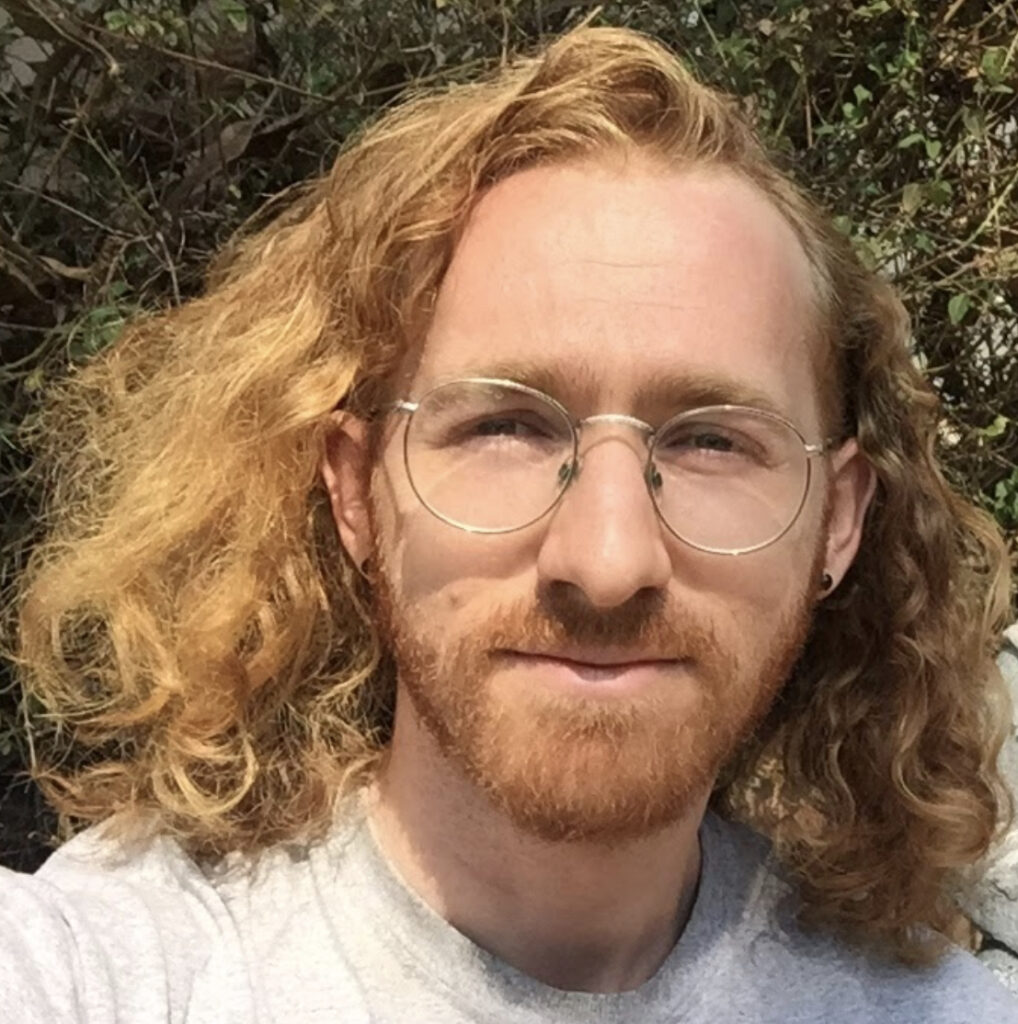
Ryan Thorngren
Ryan Thorngren is an Assistant Professor at UCLA. His work is a tangle of condensed matter physics, high energy theory, and topology. He received his PhD in Mathematics from UC Berkeley in 2018 and he was a Zuckerman fellow at the Weizmann Institute, a postdoc at Harvard CMSA and at KITP, and a member of IHES (Paris) before joining UCLA. Ryan has worked on higher symmetries and the phases of gauge theories, the classification of symmetry protected topological phases, anomalies and their applications, and more recently gapless topological phases, many-body Berry’s phase, and categorical symmetries. He is generally interested in ideas of topology and transversality as they apply to Wilsonian quantum field theory, and how we can use them to understand the quantum phases of matter. Ryan is an associate of the collaboration.
Selected works:
- Intrinsically Gapless Topological Phases, R Thorngren, A Vishwanath, R Verresen, arXiv preprint arXiv:2008.06638, https://arxiv.org/abs/2008.06638
- Berry phase in quantum field theory: Diabolical points and boundary phenomena, PS Hsin, A Kapustin, R Thorngren, Physical Review B 102 (24), 245113, https://arxiv.org/abs/2004.10758
- Fusion category symmetry I: anomaly in-flow and gapped phases, R Thorngren, Y Wang, arXiv preprint arXiv:1912.02817, https://arxiv.org/abs/1912.02817
- Fusion Category Symmetry II: Categoriosities at c= 1 and Beyond, R Thorngren, Y Wang, arXiv preprint arXiv:2106.12577, https://arxiv.org/abs/2106.12577
- Bulk anyons as edge symmetries: boundary phase diagrams of topologically ordered states, T Lichtman, R Thorngren, NH Lindner, A Stern, E Berg, arXiv preprint arXiv:2003.04328, https://arxiv.org/abs/2003.04328

Mayuko Yamashita
Mayuko Yamashita is a research faculty member in the Perimeter Institute for Theoretical Physics. She served as an associate professor at Research Institute for Mathematical Sciences in Kyoto University (2019-2023) and in 2022 she got Ph.D degree by dissertation from University of Tokyo. She then served as an associate professor at Kyoto University (2023-2025). She was awarded the Maryam Mirzakhani New Frontiers Prize from The Breakthrough Prize Foundation in 2023, and the Dannie Heineman Prize from Gottingen Academy of Sciences and Humanities in 2024. She has been working on homotopy theory and differential geometry, with an eye toward its relation with physics. Current main interests is on the Segal-Stolz-Teichner paradigm, connecting supersymmetric quantum field theories and the theory of elliptic cohomology. Her contribution includes application of the theory of topological modular forms into problems in quantum field theories such as anomaly vanishing in superstring theories, as well as homotopy-theoretic or differential-geometric application of the ideas from QFTs.
Selected works:
- M. Yamashita and K. Yonekura, Differential models for the Anderson dual to bordism theories and invertible QFT’s, I, J. G¨okova Geom. Topol. GGT 16 (2023) 1–64, arXiv:2106.09270 [math.AT]
- Y. Tachikawa and M. Yamashita, Topological modular forms and the absence of all heterotic global anomalies, Comm. Math. Phys. 402 (2023) 1585–1620, arXiv:2108.13542] [hep-th]
- Y. Tachikawa and M. Yamashita, Anderson self-duality of topological modular forms, its differential-geometric manifestations, and vertex operator algebras, 2023. arXiv:2305.06196 [math.AT]
- T. Johnson-Freyd and M. Yamashita, On the 576-fold periodicity of the spectrum sqft: The proof of the lower bound via the anderson duality pairing, arXiv:2404.06333 [math.AT]
- Y.-H. Lin and M. Yamashita, Topological elliptic genera I–the mathematical foundation, arXiv:2412.02298 [math.AT]
Postdocs

Jennifer Brown is a postdoc at the University of Edinburgh, where she thinks about skein theory as a tool for quantizing moduli spaces and building topological invariants (often at the same time.) Her current focus is on (codimension one) defects in skein theory. She is also one of many people working to adapt skein theoretic constructions to non-semisimple settings. She received her PhD from UC Davis in 2022, under the supervision of Motohico Mulase.

Thibault Decoppet is a postdoc at Harvard University. His research focuses on (higher) tensor categories, their higher algebraic and representation theoretic properties, and their applications to physics and quantum topology. Thibault received his DPhil from Oxford in 2023.

Lennart Döppenschmitt is a postdoctoral researcher at the University of Zurich. His research interest is centred around Generalized Kähler metrics and their moduli space as well as their implications on the supersymmetric (2,2) sigma model. He received his PhD from the University of Toronto in 2022.
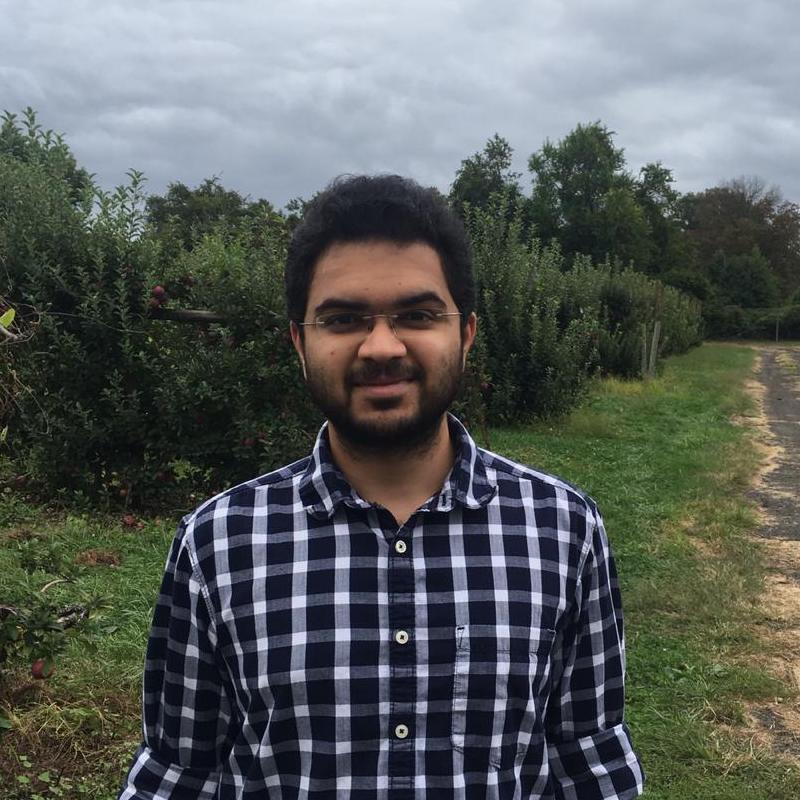
Pranay Gorantla is a postdoc at University of Chicago. He is interested in quantum field theory and its applications to high energy theory and condensed matter theory. In the past, he has worked on quantum field theories that capture fracton phases of matter, which are beyond the usual topological phases of matter, using exotic global symmetries, such as subsystem symmetries, and their anomalies. He received his PhD in Physics from Princeton University in 2023.
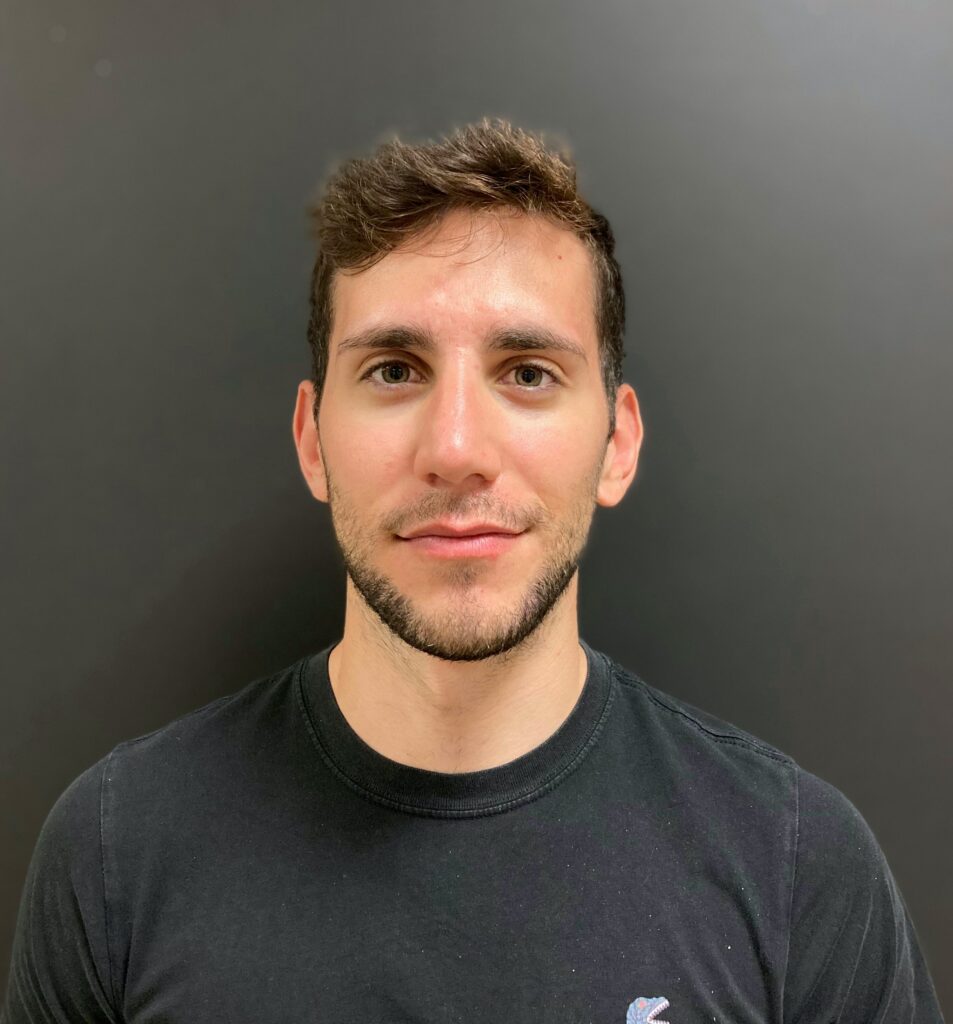
Andrea Grigoletto is currently a postdoc at Uppsala University. He is interested in the role of topology and symmetries in understanding non-perturbative effects in high-energy and condensed matter systems. In particular, he has worked on the description of anomalies via cobordism invariants, on the representation theory of generalized symmetries, tubes and strip algebras, and is now focusing on higher spin statistics and further applications. He received his PhD from SISSA in 2022 under the supervision of Pavel Putrov and he has been a postdoc of the SCGCS at Durham University from 2022 till 2025.
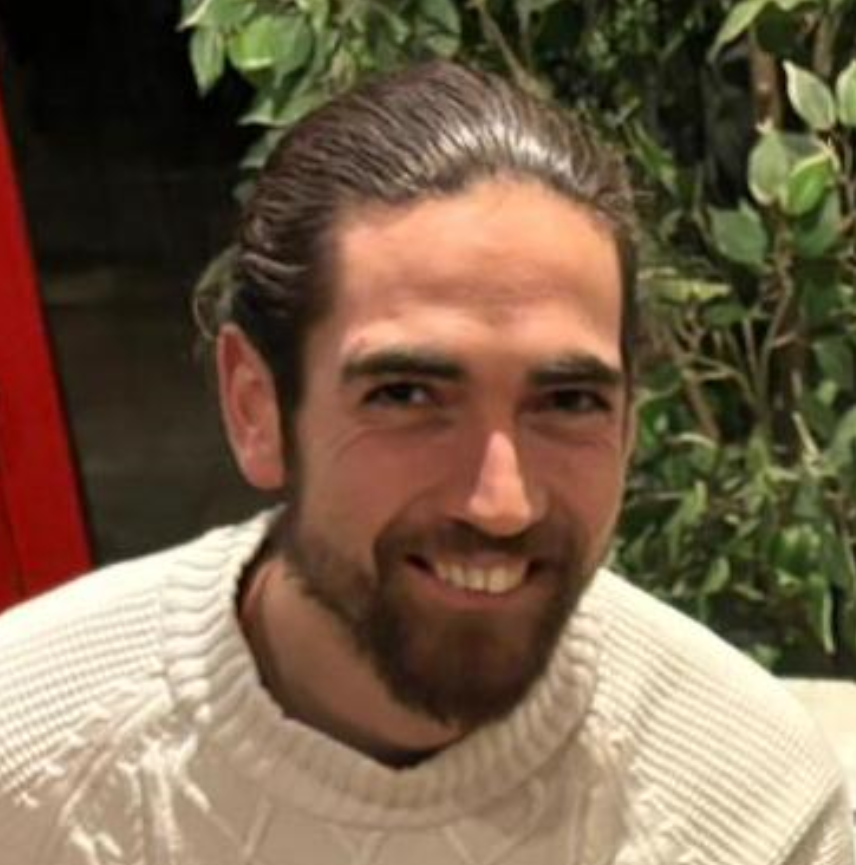
Benjamin Haïoun is a postdoc at the University of Edinburgh. He is interested in Topological Quantum Field Theories and their classification by the cobordism hypothesis. He also works on constructing explicit new examples of TQFTs and plays back-and-forth with topology and higher algebra. He is particularly interested in non-semisimple skein-theoretic constructions and their boundary conditions. He received his PhD from Université de Toulouse in 2024 under the supervision of Francesco Costantino and David Jordan.
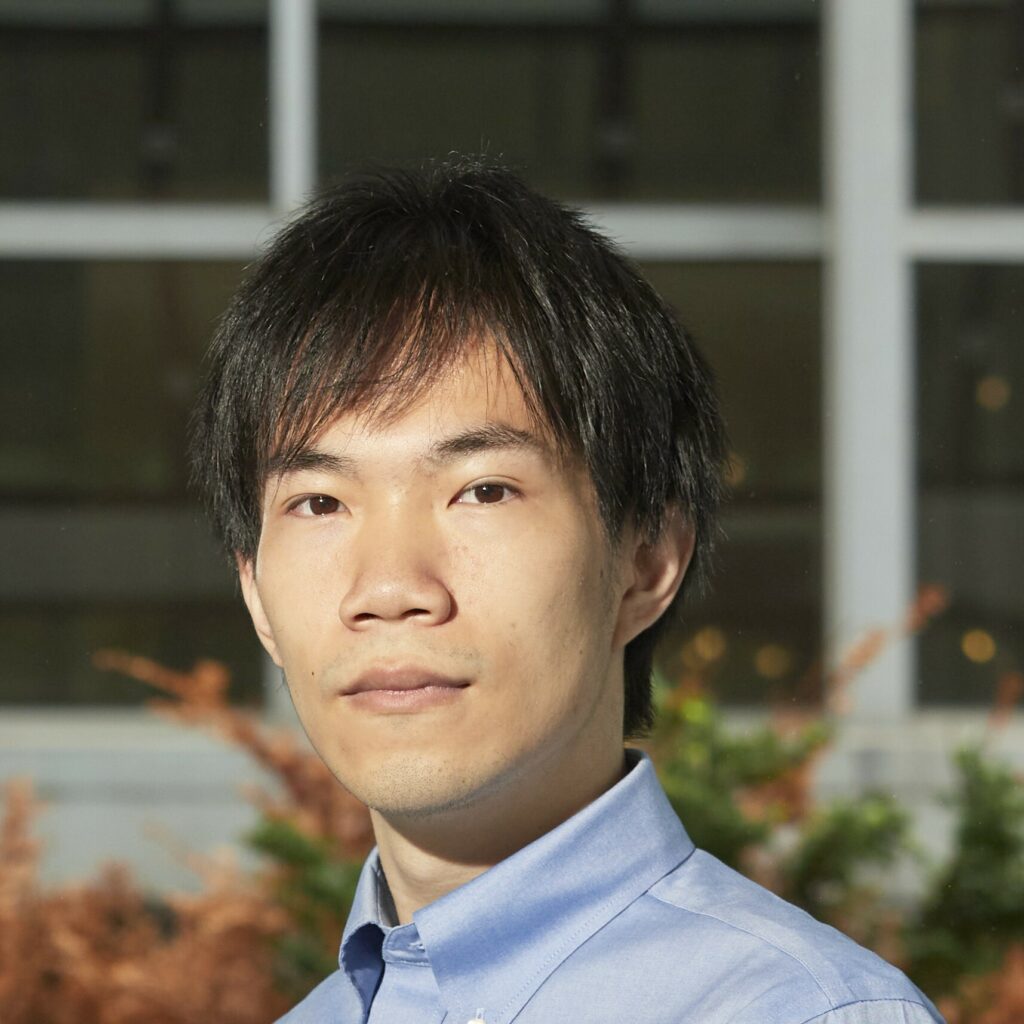
Tzu-Chen Huang is a postdoc at the University of Chicago. He received his PhD in Physics from Caltech in 2022. Previously, he has worked on scattering amplitudes and their roles in constraining effective field theories. His recent works involve topological field theories with defect lines and numerical simulation of anyon chains. He is interested in the use of categorical symmetries to constrain effective field theories and in the classification of such symmetries.

Patrick Jefferson is a postdoc at Johns Hopkins University. He is broadly interested in formal aspects of quantum field theory and string theory. His recent work explores four-dimensional string compactifications using complex and algebraic geometry. He received his PhD in physics from Harvard University in 2019.
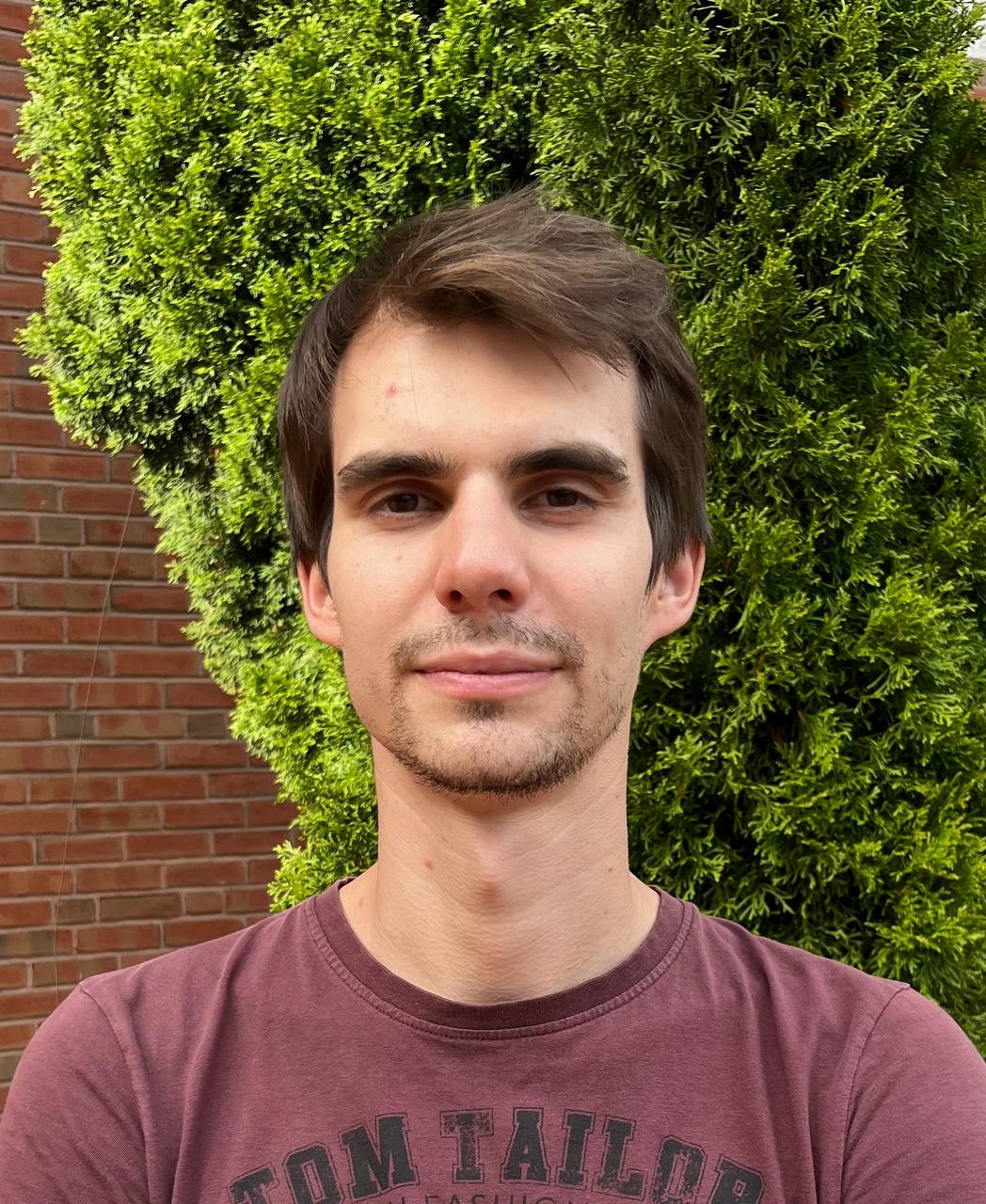
Vasily Krylov is a Benjamin Peirce postdoctoral fellow at Harvard/CMSA, mentored by Prof. Dan Freed and supported by Simons Foundation via the Simons Collaboration on Global Categorical Symmetries. He is interested in the intersection of representation theory, mathematical physics, and geometry. HIs focus is particularly on symplectic resolutions of singularities, integrable systems, 3D-mirror symmetry, and Coulomb branches.
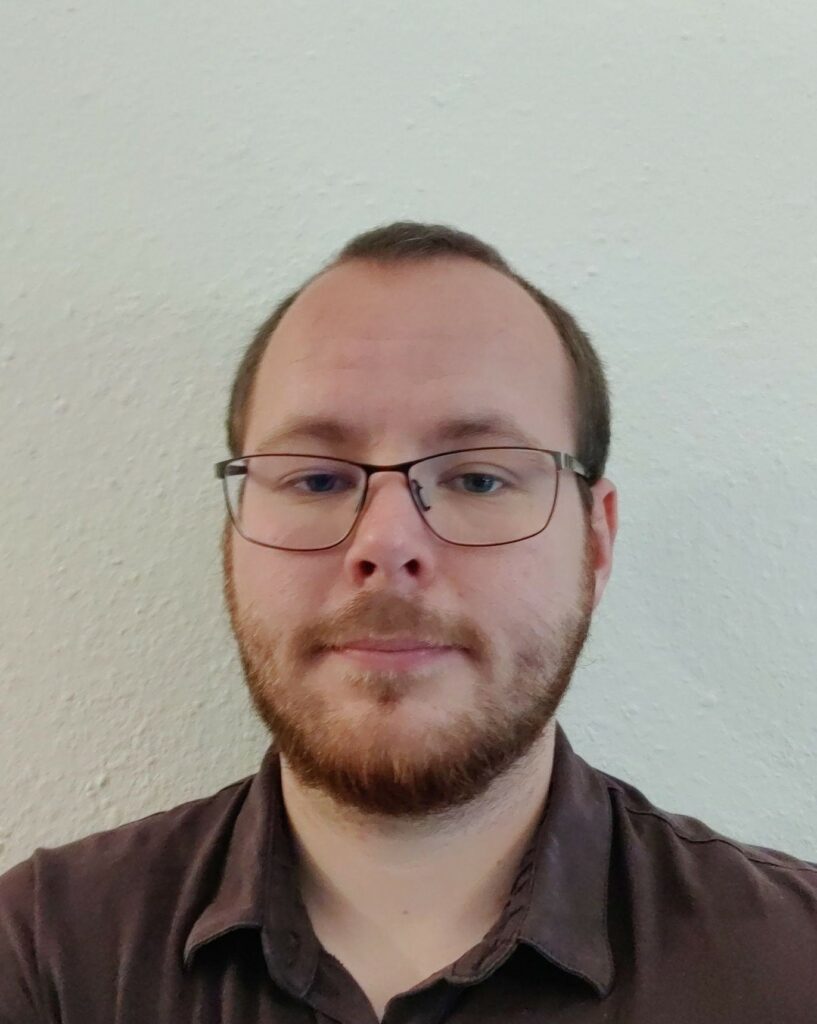
Lukas Müller is a postdoc at the Max Planck Institute for Mathematics in Bonn, and soon at Perimeter Institute (starting October 2022). He is interested in mathematical aspects of quantum field theory, string theory and condensed matter physics. His work involves idea from higher categorical algebra, abstract homotopy theory, and differential geometry inspired by and connected to physic. Previously, he worked on the description of anomalies via functorial field theories. He received his PhD from Heriot-Watt university in Edinburgh in 2020.
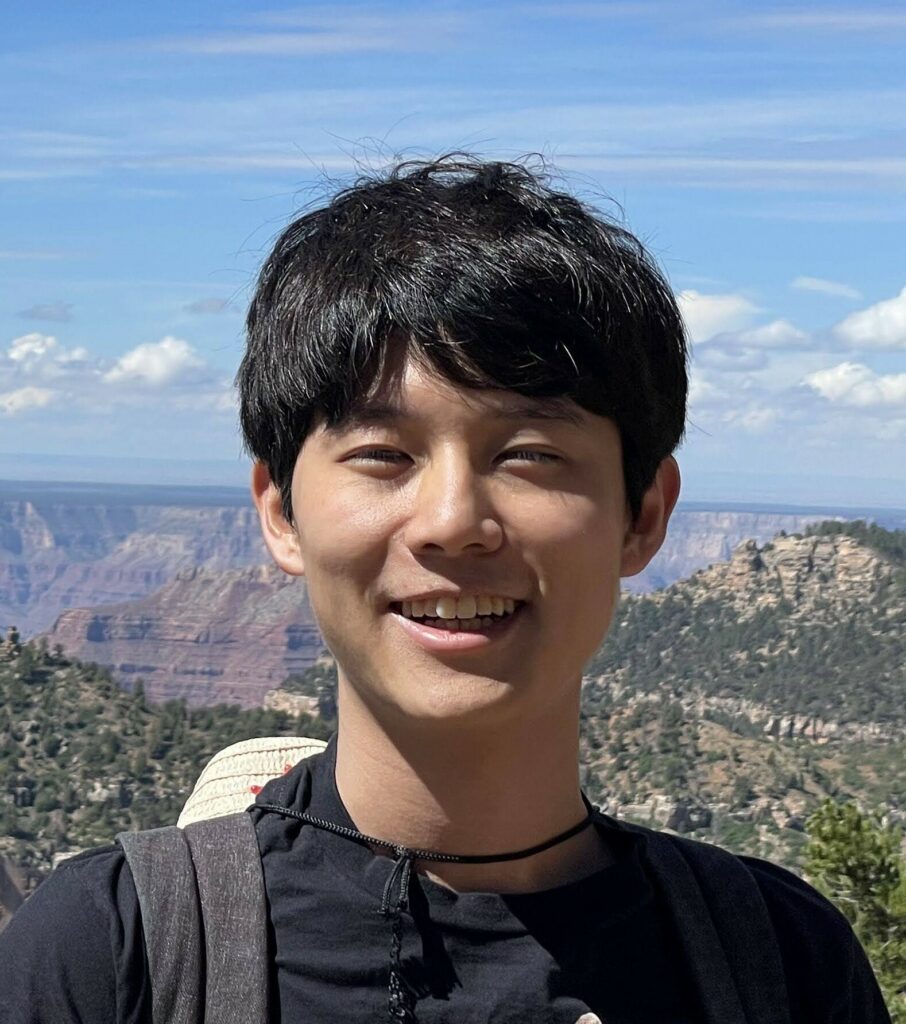
Sunghyuk Park is a postdoc at UT Austin. He is interested in geometric and algebraic aspects of quantum field theory and string theory and their application to low-dimensional topology. He received his PhD in Mathematics from Caltech in 2022.
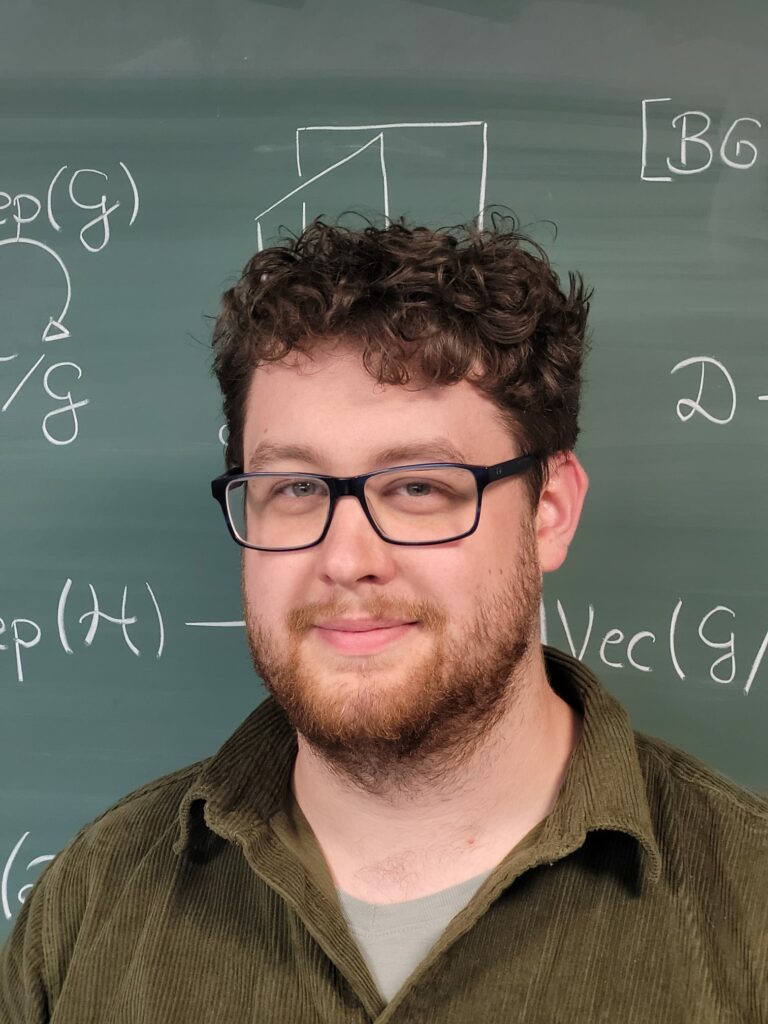
Jamie Pearson is a postdoc at Durham University working on generalised categorical symmetries. PhD from Durham University under the supervision of Mathew Bullimore in 2024. He is interested in gauge theory constructions of symmetry categories and topological bulk-boundary correspondences, involving higher representation theory and extensions of higher fusion categories. His current research is focused mainly on classifying higher fusion categories and their extensions by studying the data of topological orders that can be attached to gauge theories.

Héctor Martín Peña Pollastri is a Postdoc at Indiana University. His research activity is centered around the study of pointed Hopf algebras and quantum groups derived from the theory of Nichols algebras. He is particularly interested in their representation theory and different aspects of the theory of finite tensor categories. Recently, he started to study fusion categories that do not necessarily come from the Hopf algebra setting. He wants to understand general constructions and obtain new exotic examples for the theory. He received his PhD in Mathematics from Universidad Nacional de Córdoba in 2021.
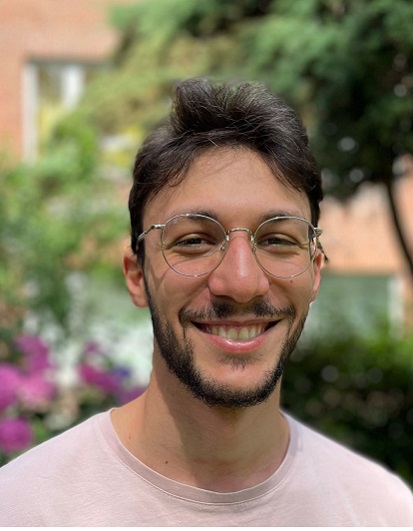
Iordanis Romaidis is a postdoc at the University of Edinburgh. He is interested in algebraic structures which appear in mathematical physics and the role of TQFTs and defects in holography. In particular, he is working on questions related to mapping class group representations, Reshetikhin-Turaev type theories and skein theory. Iordanis received his PhD in mathematics from the University of Hamburg in 2022.

Konstantinos Roumpedakis is a postdoc at Johns Hopkins University. He is interested in various formal aspects of quantum field theory and string theory, in particular exploring generalized symmetries and the constraints they impose on the dynamics of physical systems.Konstantinos was previously a postdoctoral scholar at UCLA and received his PhD from Stony Brook University in 2020.
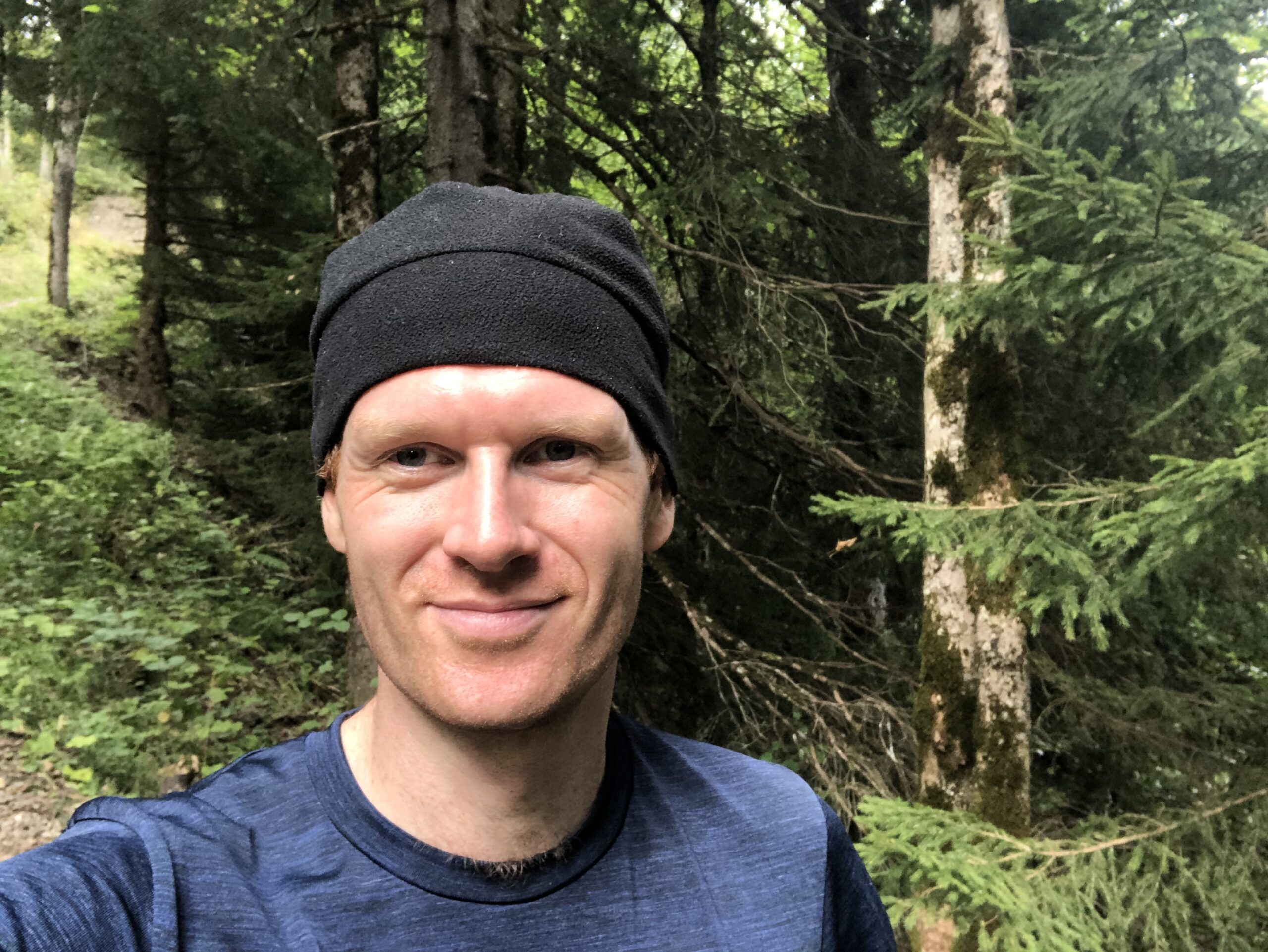
Pelle Steffens is a postdoc at the Technical University of Munich. His interests lie at the intersection of abstract homotopy theory and geometric aspects of mathematical physics. His recent work applies ideas from derived geometry to moduli spaces of solutions of geometric PDEs of field-theoretic origin. He is also involved with the development of higher category theory with an eye towards applications to TQFT and factorization homology. He received his PhD from the Université de Montpellier in 2022, supervised by Damien Calaque.

Zhengdi Sun is a postdoc at UCLA. He is interested in various aspects of quantum field theory, and in particular in how to describe (higher) fusion categories symmetry and understand their physical implications in QFTs. He was part of the SCGCS as a PhD student under the supervision of Ken Intriligator at UCSD and received his PhD in 2023.
Graduate Students
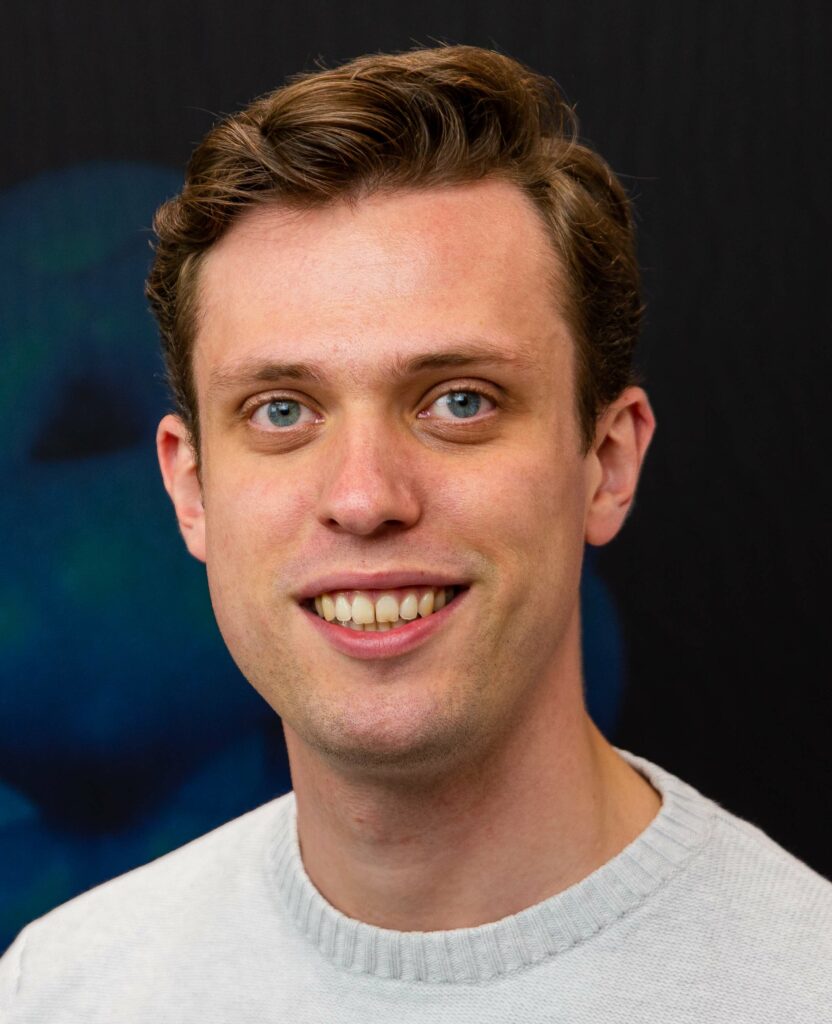
Thomas Bartsch is a PhD student at Durham University, where he works on categorical aspects of generalised global symmetries under the supervision of Mathew Bullimore and Iñaki García-Etxebarria. His interests include non-invertible symmetries described by higher fusion categories and their construction via finite gauging. In his current work he studies the representation theory of higher fusion categories that captures their action on local and extended operators in quantum field theories.

Leon Liu is a fourth year Harvard math graduate student, whose advisor is Mike Hopkins. Before grad school, Liu was at UT Austin with Dan Freed. Liu works in both math and physics, mostly in between. Leon primary research interest is mathematical physics, mostly field theories and anomalies. Mathematically, Liu am also interested in knot homologies and homotopy theory.

Aiden Sheckler is a PhD student at UC San Diego working on generalized global symmetries and anomalies under the supervision of Ken Intriligator. His interests are broadly in uncovering insights into gauge theories and CFTs using novel mathematical tools from generalized symmetries and their anomalies. His current research focuses include understanding homotopy-theoretic descriptions of anomalous symmetries and using them to extract information about the phases of gauge theories.
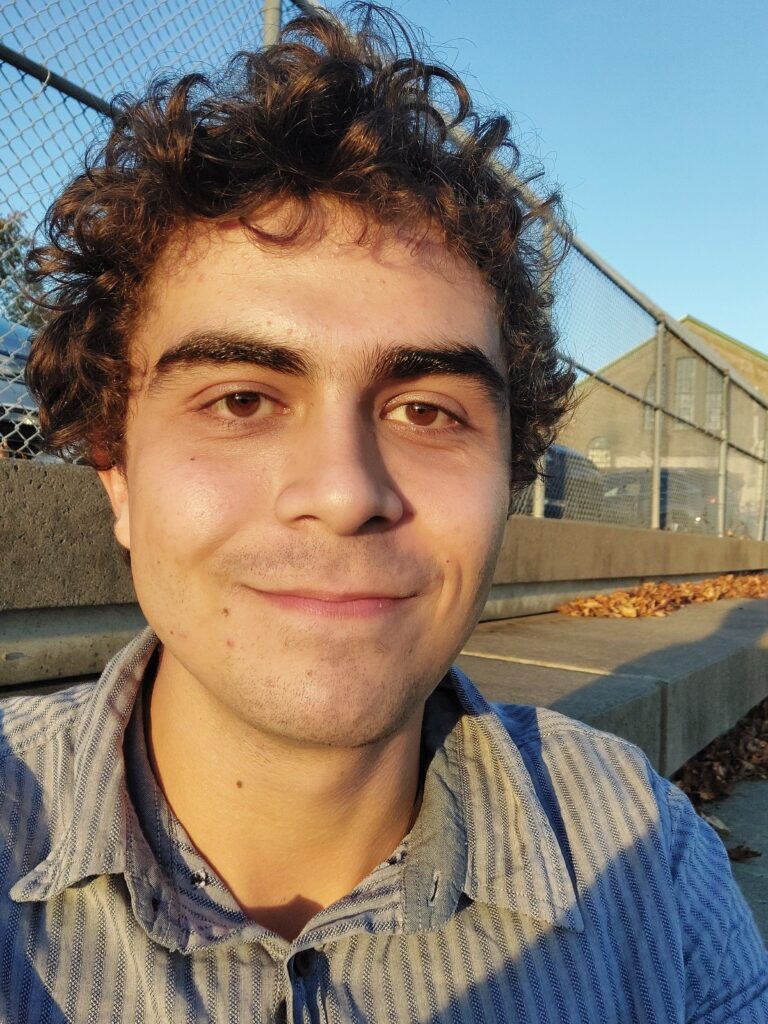
Daniel Teixeira is a PhD student at Dalhousie University, where he works with Theo Johnson-Freyd in research centred around higher categorical aspects of quantum field theory and condensed matter physics. He is also interested in formal aspects of homotopy theory and their connection to quantization and higher geometry.

Zipei Zhang is a graduate student at the University of California San Diego under the supervision of Ken Intriligator. He is interested in exploring categorical symmetry in low dimensional quantum field theory. His current research is focused on construction of categorical symmetry using symmetry topological field theory in one higher dimension.
Former Members
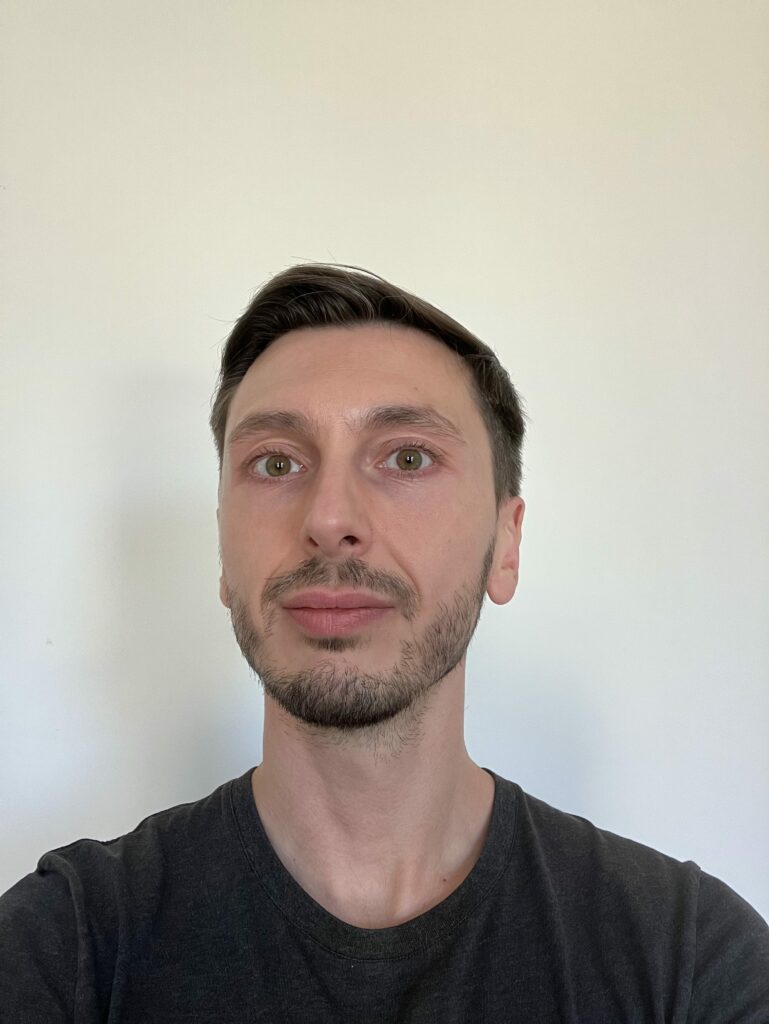
Federico Bonetti was part of the SCGCS as a postdoc at Durham University. His research activity is centered around formal aspects of high-energy physics, quantum field theory, string theory. Recently, he is particularly interested in investigating the dynamics, symmetries, and anomalies of quantum field theories realized in string theory. He received his PhD in Physics from Ludwig Maximilian University Munich in 2014. Federico is now an Assistant Professor at the University of Murcia (Spain).
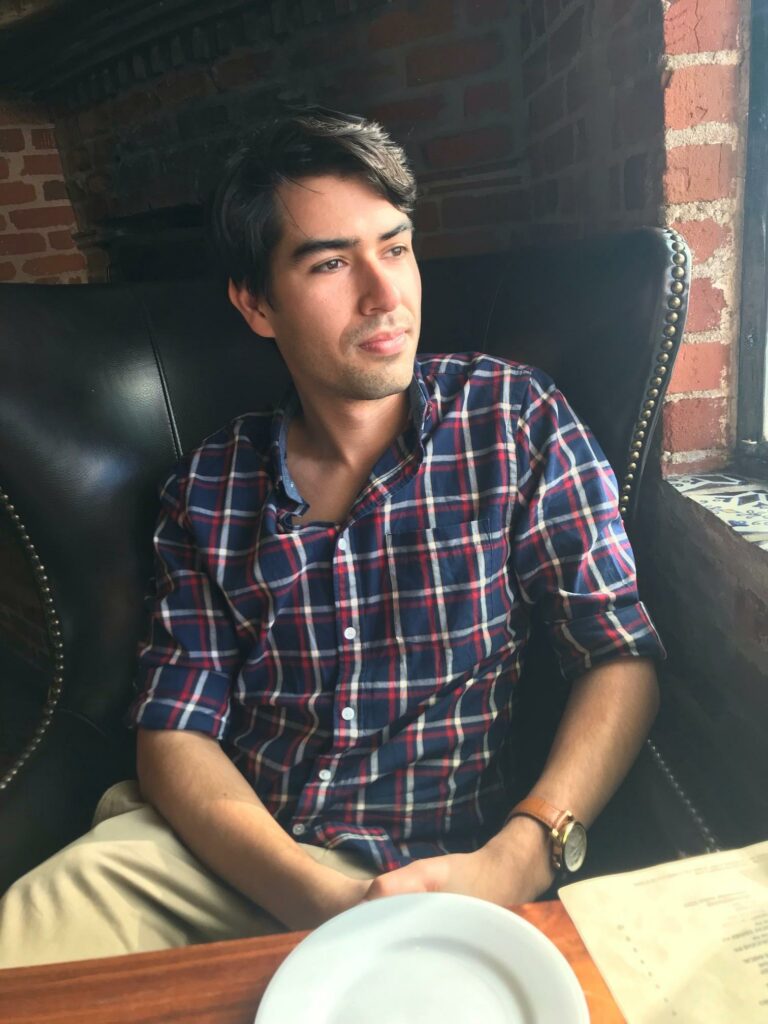
T. Daniel Brennan joined the SCGCS as Physics postdoc at UC San Diego. His research focuses on applying the framework of generalized global symmetries to study strongly coupled quantum field theories. Daniel was previously a postdoctoral fellow at the University of Chicago and received his PhD from Rutgers in 2019. Daniel is now an Assistant Professor at the University of Birmingham (UK).

Colleen Delaney joined our collaboration as a postdoc at UC Berkeley working in quantum algebra and topology. Their recent work focuses on tensor categories and their applications to condensed matter theory and quantum field theory. Previously Colleen was an NSF Postdoctoral Fellow at Indiana University and a Microsoft Station Q Graduate Fellow at UC Santa Barbara. Currently, they are an Assistant Professor at Purdue University.
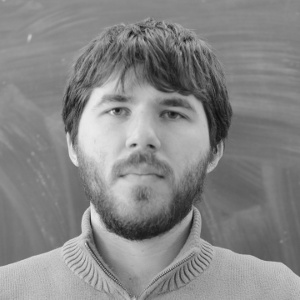
Shani Nadir Meynet joined the SCGCS as a postdoc at Uppsala University. He received his PhD in Theoretical Particle Physics from SISSA in 2021. He is interested in (supersymmetric) quantum field theories and their interplay with geometry, from dimer models to singularity theory in geometric engineering. Previously he worked on spontaneous supersymmetry breaking scenarios. Shani is now a postdoc at UPenn.
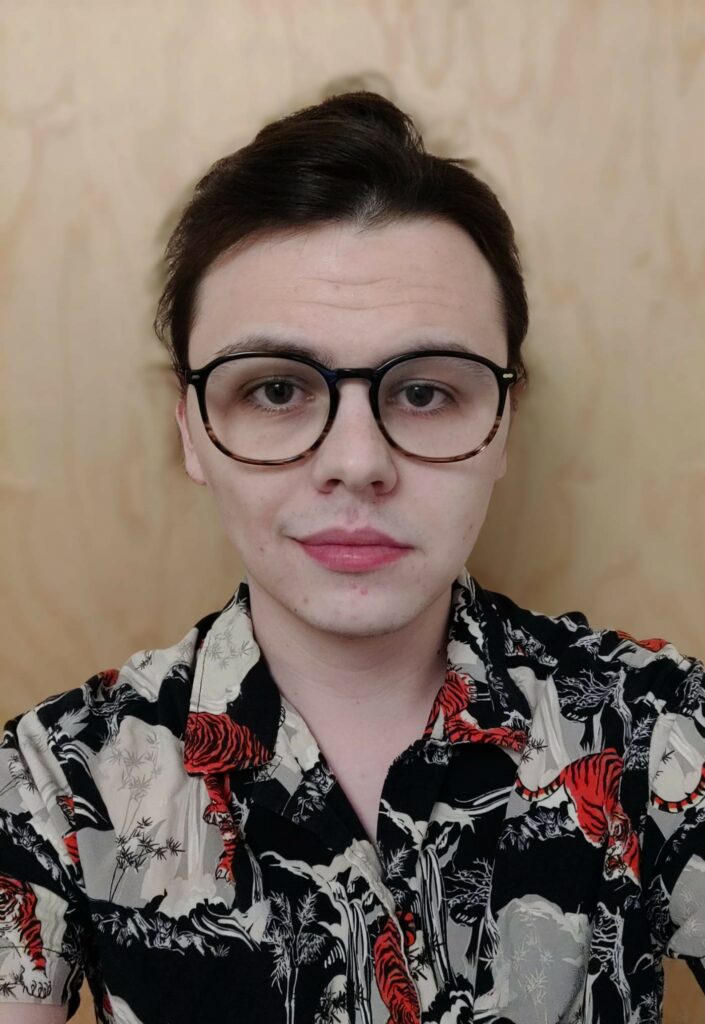
Robert Moscrop was part of the SCGCS as a PhD student at Uppsala University studying mathematical physics under the supervision of Michele Del Zotto and graduated in 2023. He is interested in the non-perturbative features of superconformal field theories, the classification of such theories and geometric engineering. Robert is now a postdoc at Harvard CMSA, supported by the Wallenberg Foundation.
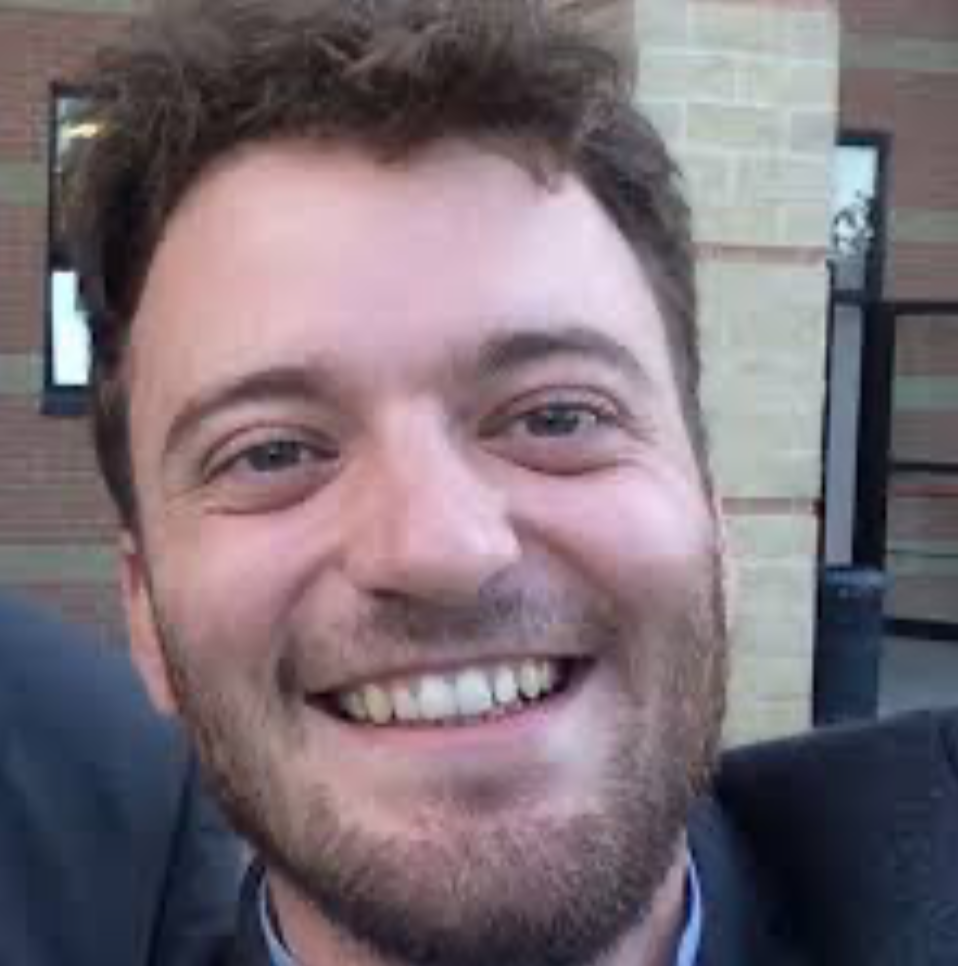
Pierluigi Niro was a member of the SCGCS as a postdoc at UCLA where he worked on generalized symmetries with Thomas Dumitrescu. PhD from Brussels University in 2021, Niro is interested in quantum field theories and applications of generalized symmetries to dynamics. Pierluigi is now a postdoc at SISSA.
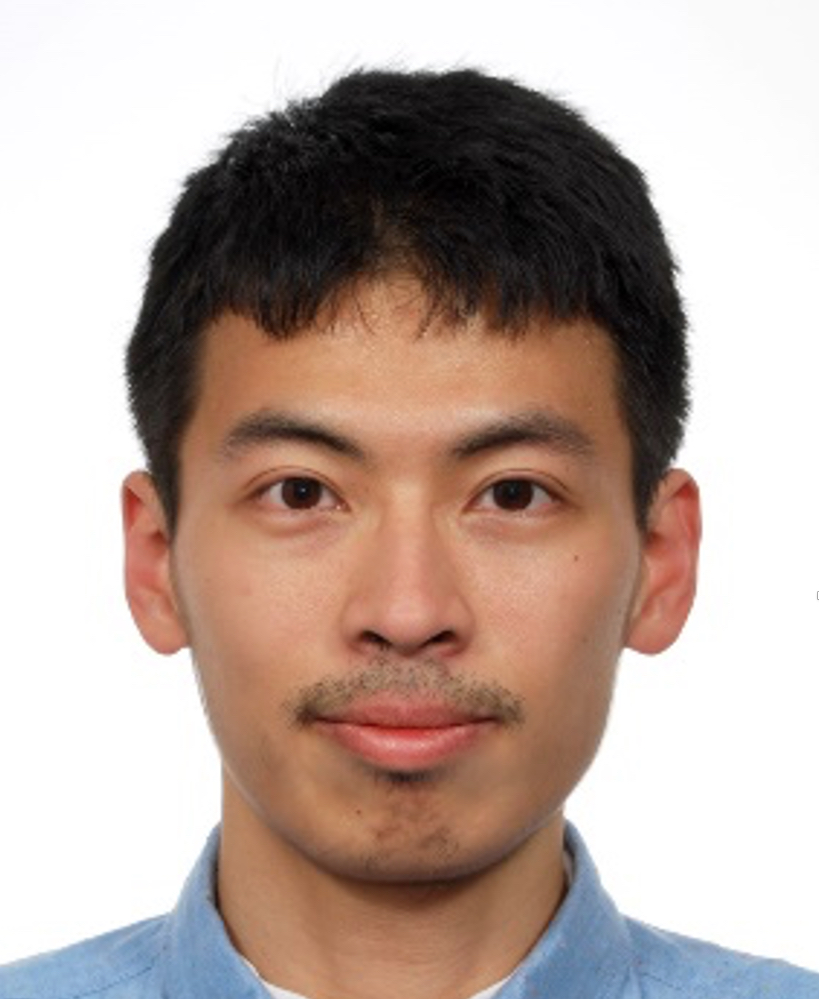
Po-Shen Hsin was part of the SCGCS as a postdoc at UCLA (2022-2023). He is interested in various aspects of high energy theory and condensed matter theory, and in particular using symmetry and anomalies to understand strongly coupled quantum dynamics and topological phases. He received his PhD in physics from Princeton University in 2018 and was postdoc at Caltech from 2018-2021. Po-Shen is now a faculty at King’s College, London, UK.
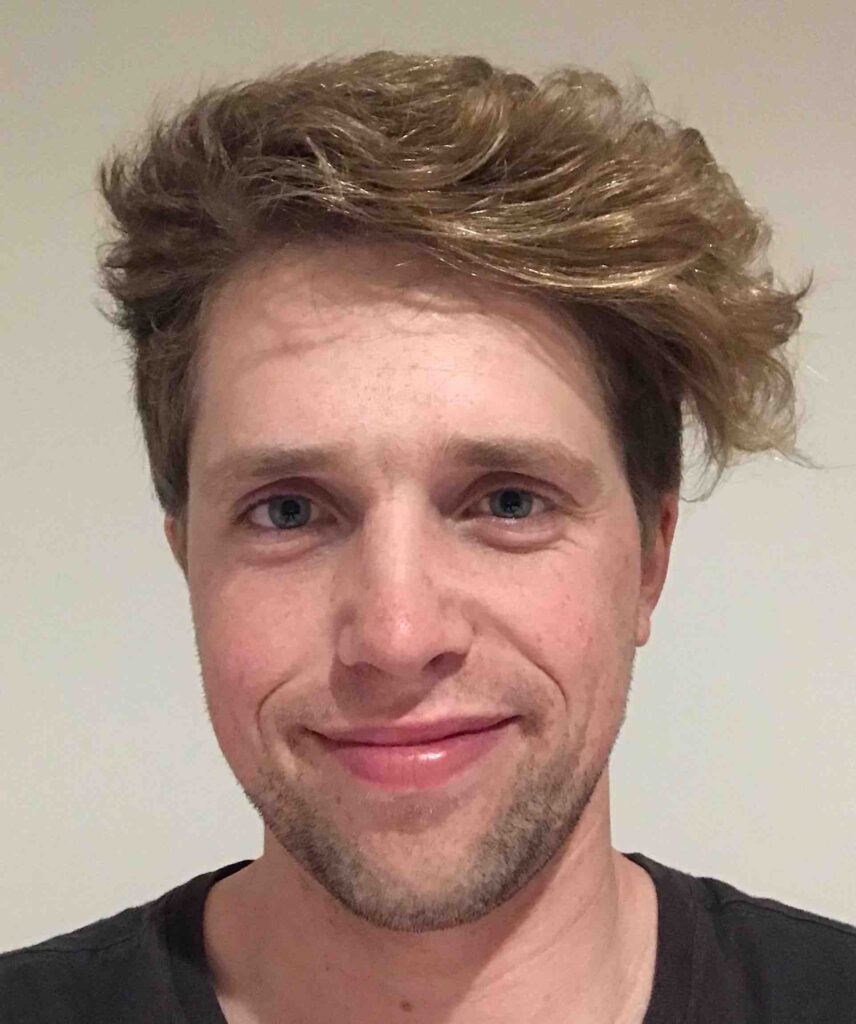
Will Stewart was a member of the SCGCS as a PhD student at the University of Texas at Austin where he worked on topological field theory under the supervision of Dan Freed. His broad interests involve understanding the algebraic structures that arise from quantum field theory. His current research is on the topic of relative field theories (also known as twisted field theories), which involves the study of boundary conditions in the context of categorified topological field theories.
Prior to his PhD at UT Austin, Will completed a master’s at the University of Melbourne where his research was concerned with representation categories arising from conformal field theory. Will is now a postdoc at TU Munich with Claudia Scheimbauer.

Hannah Tillim was part of the SCGCS as a postdoc at Johns Hopkins University, interested in non-invertible symmetries. Previously she has worked on string phenomenology and BSM physics. She received her PhD from the University of Oxford in 2022. Hannah is now a Research Associate at Capital Fund Management (CFM) in Paris.
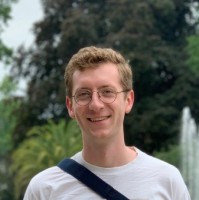
Jackson Van Dyke was a PhD student of David Ben-Zvi at UT Austin supported jointly by the collaboration under Dan Freed’s supervision. Jackson’s research concerns anomalous properties of functorial quantum field theories. Applications include the classification of topological orders, higher algebraic geometry, and the relative Langlands program. Jackson is now a postdoc with Claudia Scheimbauer at the Technical University of Munich.
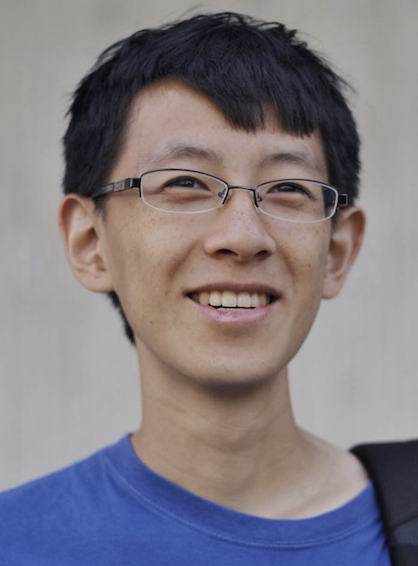
Matthew Yu was part of the SCGCS as a PhD student at Perimeter Institute, where he worked with Theo Johnson-Freyd on using techniques from cobordism theory and higher category theory to study topological phases with applications to high energy physics. His work involved computing anomalies in theories that arise from String theory constructions, and using condensation to study higher dimensional theories exhibiting the structure of a fusion 2 category. Matthew Yu is now a postdoc at Oxford University.
